Cable crossovers are a key chest exercise for building muscle and strength. Using a cable machine, they keep constant tension on your chest muscles, ensuring effective engagement with each rep. This article covers everything you need to know: the correct form, benefits, and how to include cable crossovers in your routine.
Key Takeaways
-
Incorporate cable crossovers into your routine to enhance chest strength and definition through constant tension and a full range of motion.
-
Focus on proper form and positioning, especially with elbow angles and tempo, to maximize muscle engagement and prevent injuries.
-
Vary your cable crossover exercises by adjusting angles and incorporating single-arm variations to target different chest areas and achieve balanced muscle growth.
Understanding Cable Crossovers

Cable crossovers are essential for chest development, effectively targeting the chest muscles. Unlike traditional free weight exercises, cable crossovers leverage the cable machine to provide constant tension throughout the movement, enhancing muscle engagement and strength. The versatility of this exercise lies in its ability to isolate different parts of the chest by adjusting the angle and position of the cables.
Adding cable crossovers to your routine can significantly boost chest strength and muscle definition. The machine provides a profound stretch and range of motion, sometimes outperforming dumbbell flyes. Beyond muscle growth, this exercise enhances the mind-to-muscle connection, making each rep more effective.
What Are Cable Crossovers?
Cable fly crossovers primarily build muscle and strength in the chest region. Positioning two pulleys on opposite sides allows for a full range of motion, targeting both the upper and lower chest. This dual-pulley system ensures that the exercise provides continuous tension, which is crucial for effective muscle engagement.
While typically performed using a cable crossover machine, this exercise can also be adapted for home workouts using resistance bands and a secure anchor to mimic the machine setup. Features like adjustable handles and a multi-grip chin bar further enhance the machine’s versatility and effectiveness.
Benefits of Cable Crossovers
A primary benefit of cable crossovers is the constant tension provided by the cable machine throughout the movement. This continuous tension keeps the chest muscles fully engaged, promoting superior strength and growth. Compared to dumbbell flyes, cable crossovers offer a greater range of motion and deeper stretch, enhancing muscle activation.
Additionally, cable crossovers are highly effective for increasing lean muscle growth and overall chest development. The ability to adjust the angle and position of the cables means that you can target specific areas of the chest more effectively, resulting in a more balanced and comprehensive chest workout.
Muscles Targeted by Cable Crossovers

Cable crossovers are renowned for their ability to isolate and engage the chest muscles deeply. The primary muscles targeted include the pectoralis major and the anterior deltoids, which are crucial for achieving a well-defined chest.
This exercise also engages secondary muscles like the serratus anterior, biceps brachii, and core, contributing to overall stability and support.
Primary Muscle Groups
The pectoralis major is the dominant muscle during cable crossovers, effectively targeting both upper and lower chest sections. This muscle is paramount for creating the broad, thick chest that many aim for. The anterior deltoids also play a significant role, assisting in the movement and providing stability.
Proper elbow positioning is crucial for maximizing muscle activation. Elbows slightly bent that are too bent or excessively straight hinder muscle engagement and reduce exercise effectiveness.
Elbow positioning directly affects shoulder stability and muscle activation during cable crossovers. By focusing on maintaining a slight bend in the elbows and a controlled motion, you can greatly enhance muscle definition and vascularity, making each rep more effective.
Secondary Muscle Groups
While the primary focus is on the chest muscles, cable crossovers also activate several secondary muscle groups. The serratus anterior plays a crucial role in stabilizing the shoulder blades during the movement. This muscle helps ensure that your shoulders remain in the correct position, reducing the risk of injury and enhancing overall effectiveness.
The biceps brachii and core muscles also engage during cable crossovers. The biceps assist in the pulling motion, while the core muscles contribute to stability and balance. Utilizing a single-arm approach in cable crossovers can help identify and correct muscle imbalances, further enhancing overall muscle development.
How to Perform Cable Crossovers Correctly

Proper form is essential when performing cable crossovers to avoid shoulder strain and effectively target the chest muscles. Engaging the core is crucial for maintaining stability and posture throughout the exercise.
Additionally, paying attention to your breathing technique can significantly enhance performance and form.
Starting Position
Begin by placing your feet slightly wider than shoulder-width apart to provide a stable base for the exercise. The cable height should be set at or above head level to ensure optimal engagement during the movement. It’s essential to keep your back straight and core engaged to maintain proper alignment at the start of the exercise.
Posture and stability are significant for effective cable crossovers. A firm stance and tight core maximize muscle engagement and minimize injury risk.
Execution
During execution, control your movement to ensure each crossover is smooth and deliberate. Controlled motion throughout the exercise enhances muscle activation and prevents injuries. Performing cable crossovers too quickly reduces muscle tension and lowers overall workout effectiveness.
To maximize benefits, make sure each rep is performed with a deliberate and focused approach. This will ensure that the targeted muscles are fully engaged, leading to better results and reduced injury risks.
Returning to Start
A slow return to the starting position allows for greater muscle tension retention. Gradually reversing the motion enhances muscle engagement and helps avoid abrupt movements that could cause injuries. Maintaining control throughout the entire range of motion is key to effective chest development.
By slowly return to the starting position, you can maximize the benefits of each rep, ensuring that your chest muscles are fully engaged and activated.
Common Mistakes and How to Avoid Them
Mastering cable crossovers requires attention to detail and awareness of a few mistakes. Incorrect elbow positioning, excessive weight, and rushing the movement can hinder progress and increase injury risk.
A stable base and focus on form can significantly enhance workout effectiveness and maintain stability while reducing injury risks.
Incorrect Elbow Position
Elbow positioning is critical during cable crossovers, as improper angles can decrease effectiveness and increase injury risk. Overly bent elbows limit range of motion and muscle engagement, reducing exercise effectiveness. Conversely, overly straight elbows place undue stress on shoulder joints and compromise form.
To maintain proper elbow position, focus on keeping a slight bend in the elbows throughout the movement for optimal stability and control. Proper elbow positioning enhances workout effectiveness and reduces injury risk.
Using Too Much Weight
Too much weight compromises form and increases injury risk. Start with lighter weight and focus on perfect form. If you cannot lift a heavy weight with good form, use a lighter weight that you can lift correctly.
Adding weight to cable crossovers challenges the chest muscles and enhances results, but it’s essential to progress safely and avoid compensatory movements that diminish effectiveness. Proper weight management is crucial for building strength and ensuring safe, effective workouts.
Starting light and gradually increasing weight builds strength without risking injury.
Rushing the Movement
A controlled tempo ensures that the targeted muscles are effectively engaged throughout the movement. During execution, focus on a slow and deliberate movement to maintain muscle tension and prevent momentum-driven motion. Returning to the starting position slowly maintains muscle tension and maximizes exercise benefits.
Rushing through the movement is a common mistake that can lead to improper muscle engagement and increased injury risks. By maintaining a controlled tempo, you can ensure that each rep is effective and safe.
Variations of Cable Crossovers

Cable crossovers have several variations to target different parts of the chest effectively. Low cable crossovers, high cable crossovers, and single-arm variations each offer unique benefits, diversifying your chest workouts for balanced muscle development.
Low Cable Crossovers
Low cable crossovers primarily target the upper chest and anterior deltoids due to their angle. Adjust the cable pulley to a low position and set your body at the correct angle for low cable crossovers. Controlled movement during the crossover keeps tension on targeted muscles, maximizing effectiveness.
This variation specifically focuses on activating the pectoralis major and anterior deltoids, which are crucial for upper chest development. Precision in this movement enhances upper chest definition and strength.
High Cable Crossovers
High cable crossovers primarily target the lower chest muscles. High cable crossovers effectively engage the lower portion of the chest by using cables set at an elevated position. This variation emphasizes the lower chest by positioning the cables high, ensuring full activation.
Start by listing some forbidden forms of the keyword “chest exercise” according to the rule 5. Correct form and controlled movements maximize lower chest engagement for a well-rounded chest exercise workout.
Single Arm Cable Crossovers
Single-arm cable crossovers enhance muscle engagement through complete pectoral contraction. Use a cable machine or resistance band at head level or higher for single-arm crossovers. Stabilize your body with a wide stance and toes pointed toward the cable pulley.
Twist your torso while maintaining a wide stance to enhance core engagement during single-arm cable crossovers. This variation helps identify and correct muscle imbalances, ensuring balanced development and improved strength.
Incorporating Cable Crossovers into Your Workout Routine

Integrate the cable crossover exercise effectively by starting with a warm-up followed by focused sets emphasizing control and form.
Combine cable crossovers with compound movements for optimal chest development.
Ideal Sets and Reps
Perform 3-4 sets of 10-15 reps for cable crossovers. The sets and reps optimize muscle growth and improve endurance. Overloading weight can lead to compensatory movements, diminishing workout effectiveness and increasing injury risk.
Varying weights and focusing on form challenges muscles and achieves better results. This approach ensures full engagement and activation of chest muscles throughout the full body workout.
Pairing with Other Exercises
Complement cable crossovers with compound movements like bench presses for a comprehensive chest workout. Combining cable crossovers with push-ups and bench presses enhances overall chest engagement. This synergy ensures all chest parts are thoroughly worked, leading to balanced muscle development and improved strength.
Incorporating fly exercises maximizes chest engagement and variation. Integrating these complementary exercises maximizes gains and creates a well-rounded workout that challenges muscles in various ways.
Frequency and Progression
Perform cable crossovers 2-3 times a week for optimal results. This frequency allows for muscle recovery and growth, preventing overtraining and injury. A schedule of 2-3 sessions per week enhances muscle growth and recovery, providing a balanced approach to chest workouts.
Gradually increase the weight and intensity of your workouts to progress. Continuous progression ensures consistent muscle challenge, leading to better strength and development over time.
Summary
In summary, cable crossovers are a powerful tool for anyone looking to enhance their chest workouts. By understanding the proper technique, avoiding common mistakes, and incorporating variations, you can achieve maximum muscle engagement and growth. The key to success lies in maintaining proper form, utilizing the right weight, and ensuring a controlled tempo throughout the exercise.
Cable crossovers offer significant benefits, including improved muscle strength, greater range of motion, and enhanced muscle definition. When integrated into a balanced workout routine that includes compound movements and other chest exercises, they can significantly contribute to your overall fitness goals.
Embrace the challenge, focus on your form, and enjoy the journey to a stronger, more defined chest. Remember, consistency and progression are your allies in achieving the gains you desire. Now, go conquer those cable crossovers and watch your chest transform!
Frequently Asked Questions
What are the primary muscles targeted by cable crossovers?
Cable crossovers primarily target your pectoralis major and anterior deltoids, providing an excellent workout for your chest. Keep pushing yourself to build strength and definition in these muscle groups!
How often should I perform cable crossovers?
To achieve great results, perform cable crossovers 2-3 times a week. Consistency is key to building strength and muscle definition!
What are some common mistakes to avoid when doing cable crossovers?
To maximize your cable crossovers, avoid incorrect elbow positioning, using excessive weight, and rushing through the movements. Focus on proper form at a steady pace to achieve the best results!
Can cable crossovers be performed at home?
Absolutely, you can perform cable crossovers at home by using resistance bands anchored securely. This allows you to effectively target your muscles without needing fancy equipment!
How can I incorporate cable crossovers into my workout routine?
Incorporate cable crossovers by pairing them with compound movements like bench presses and fly exercises to enhance your chest workout. This combination will maximize your gains and keep your routine dynamic!

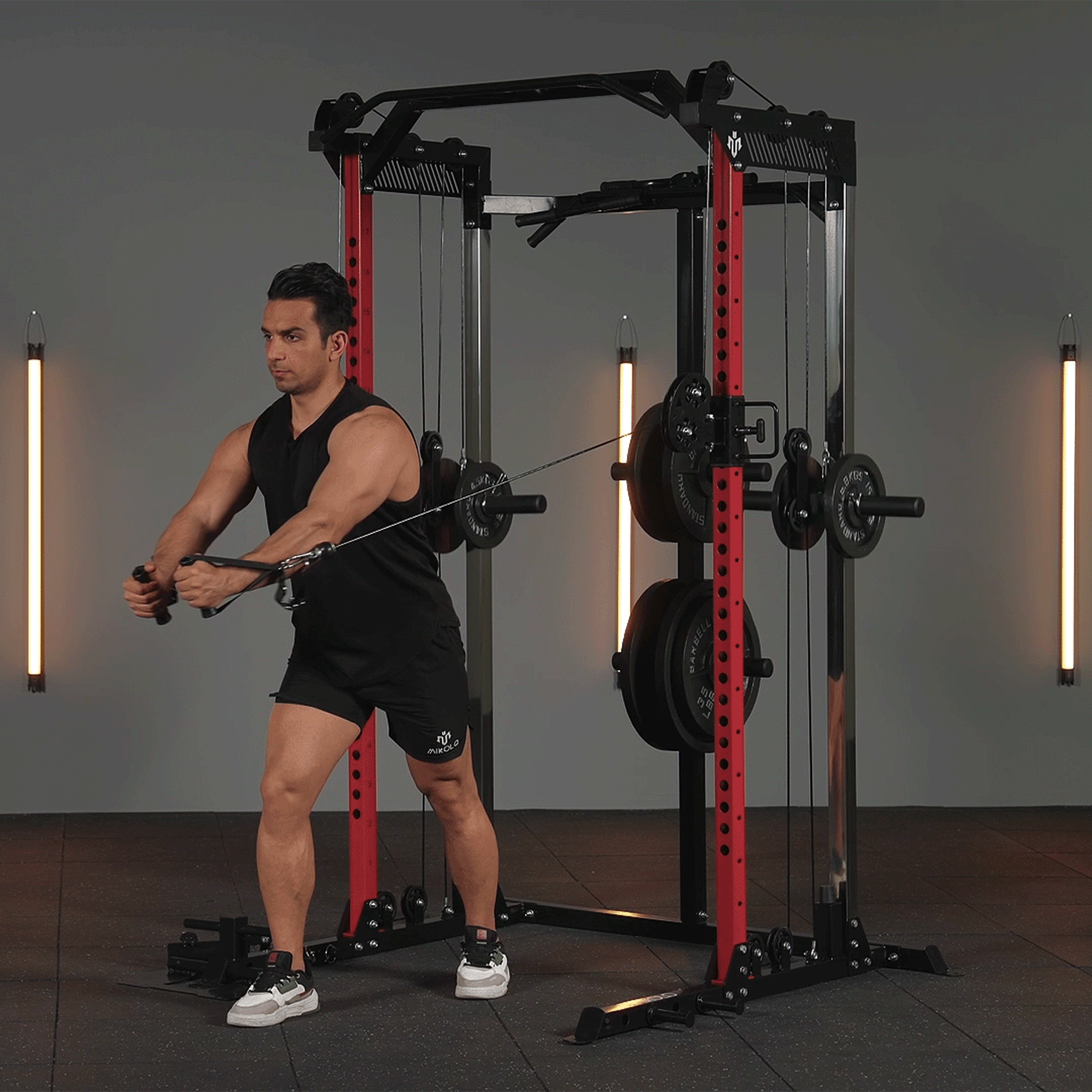
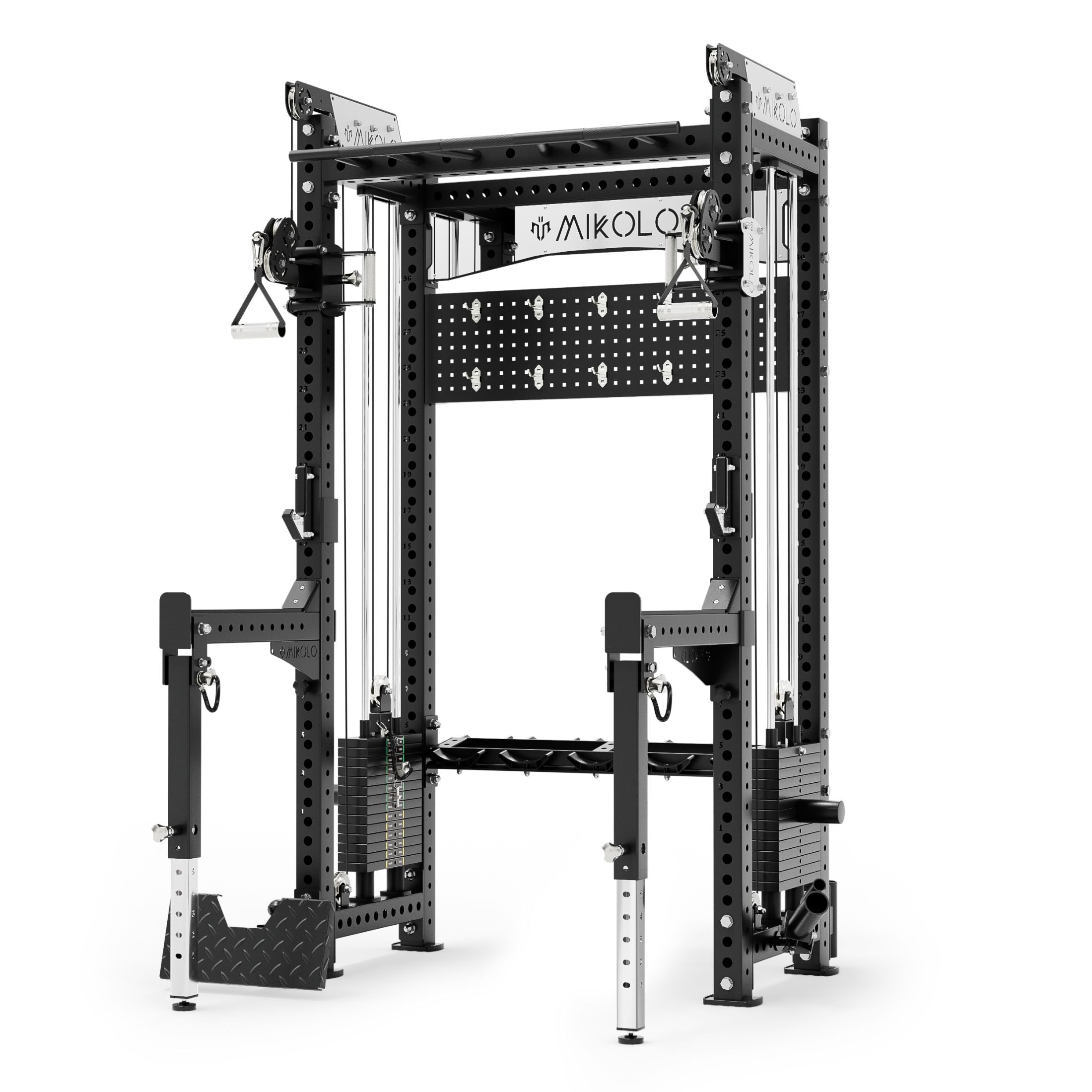
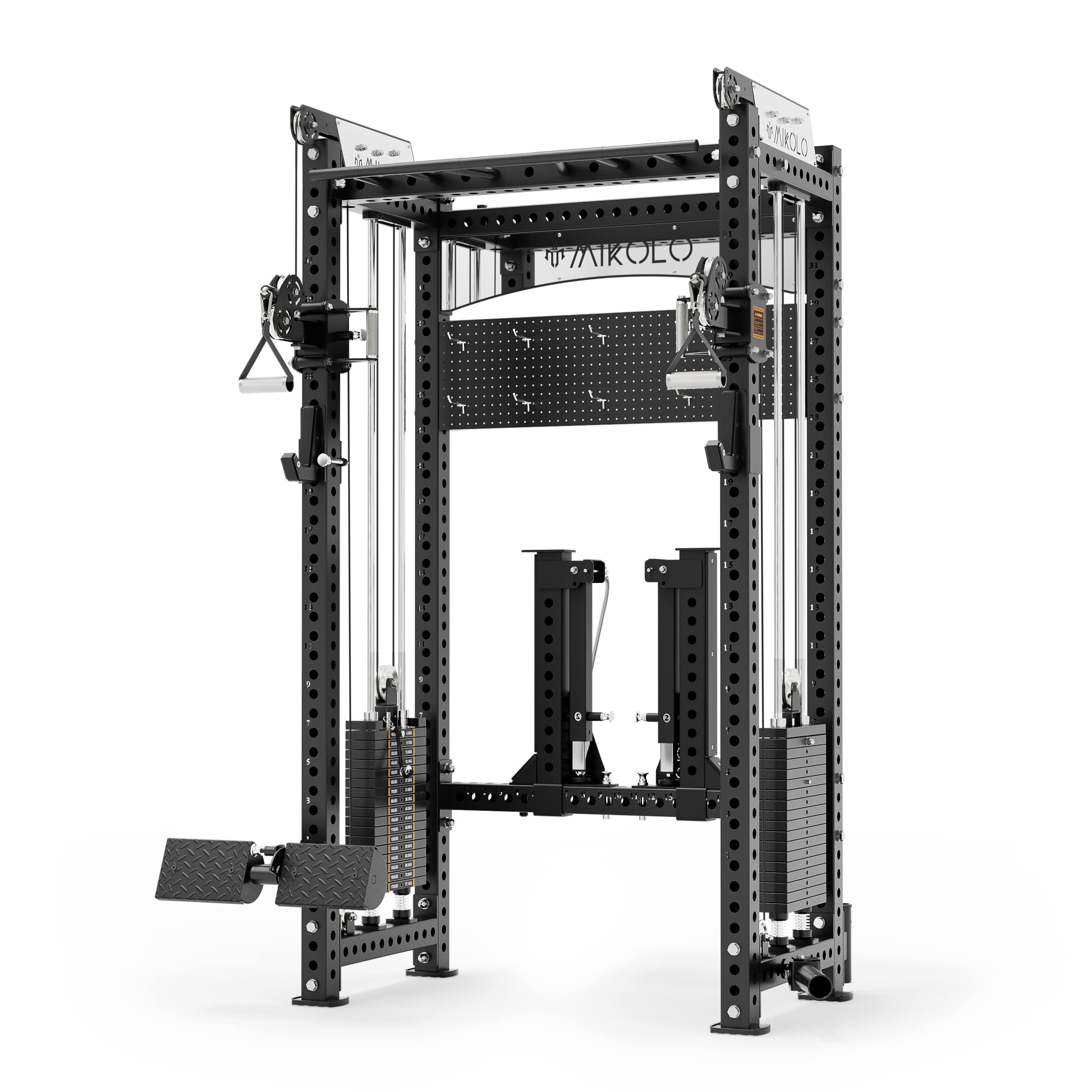
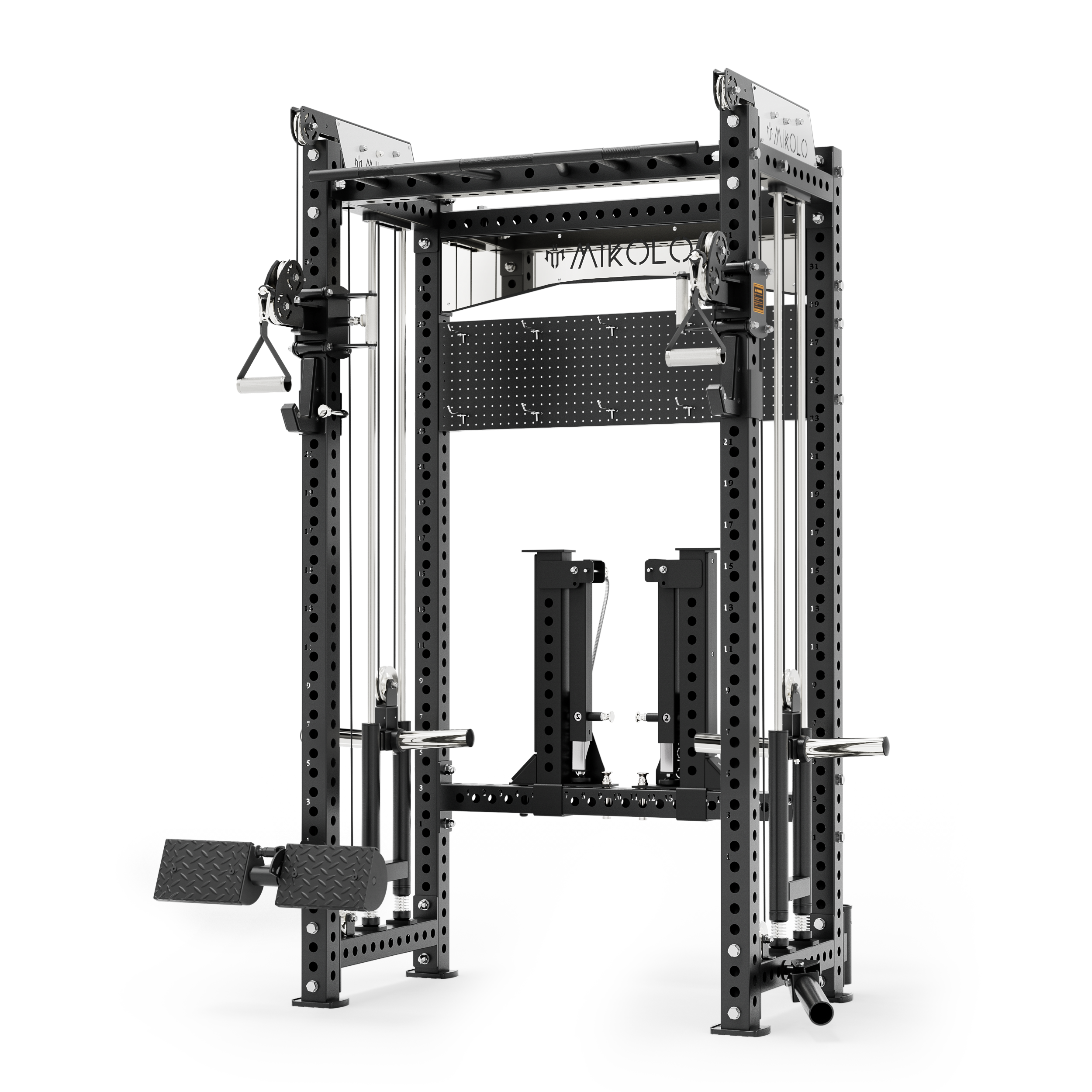
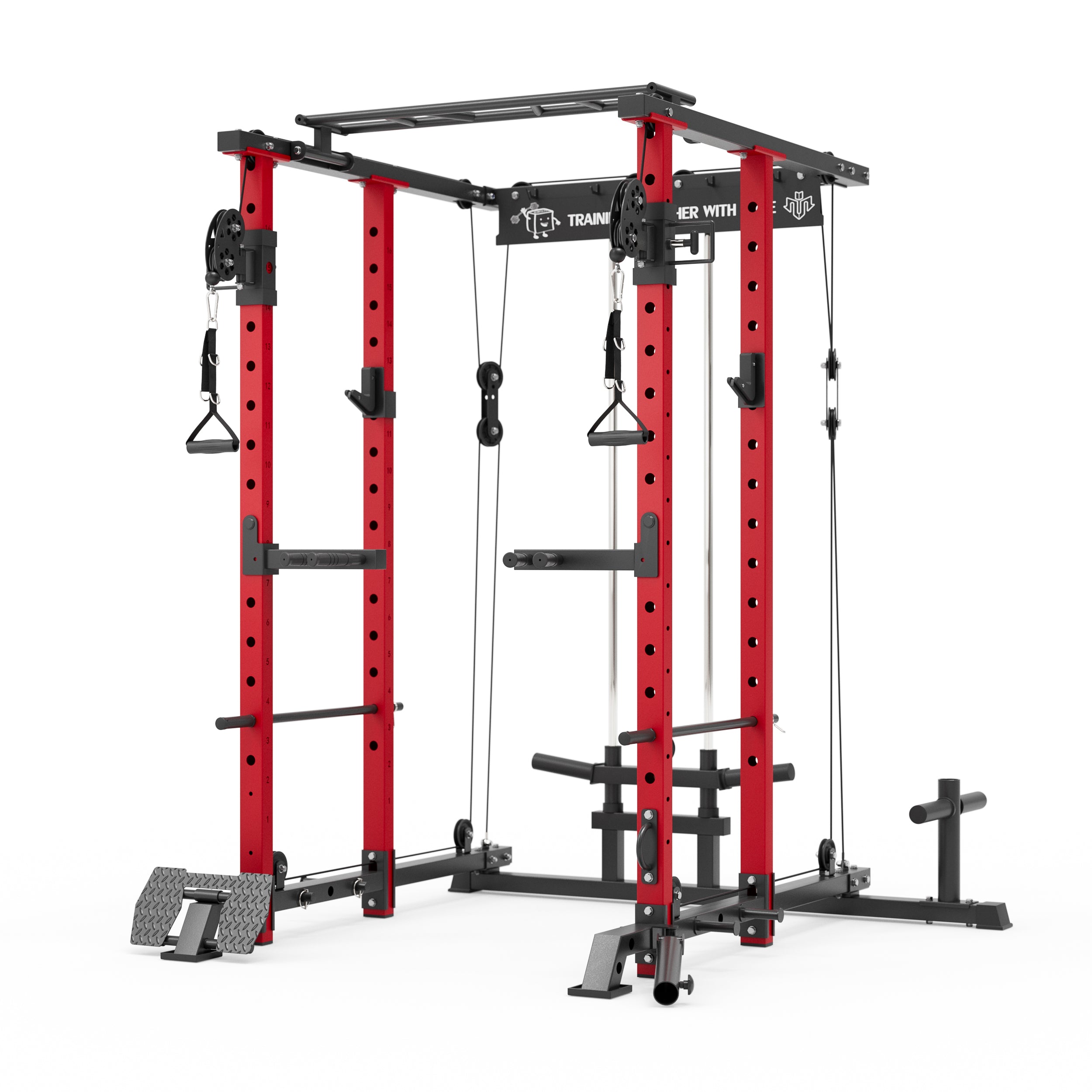
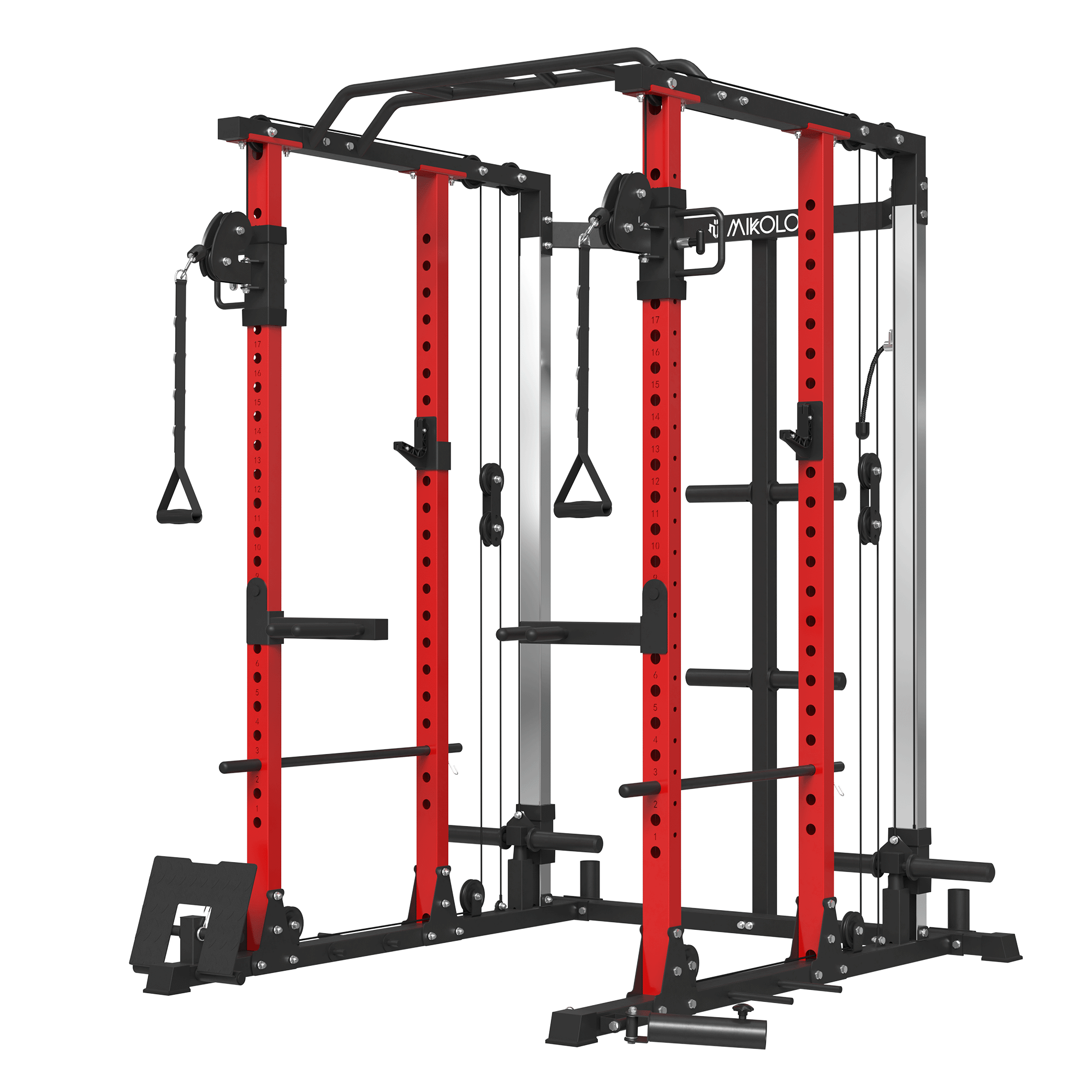
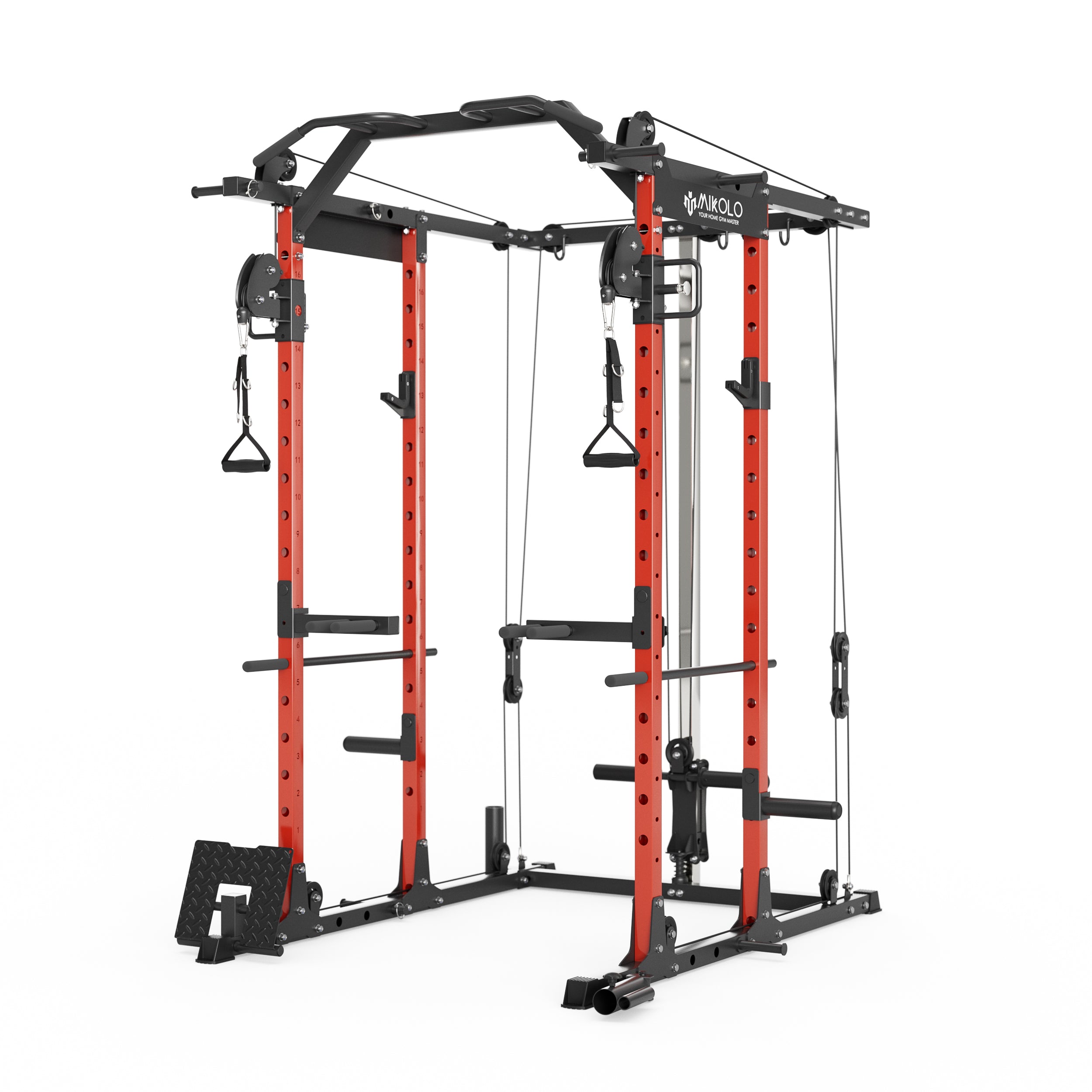
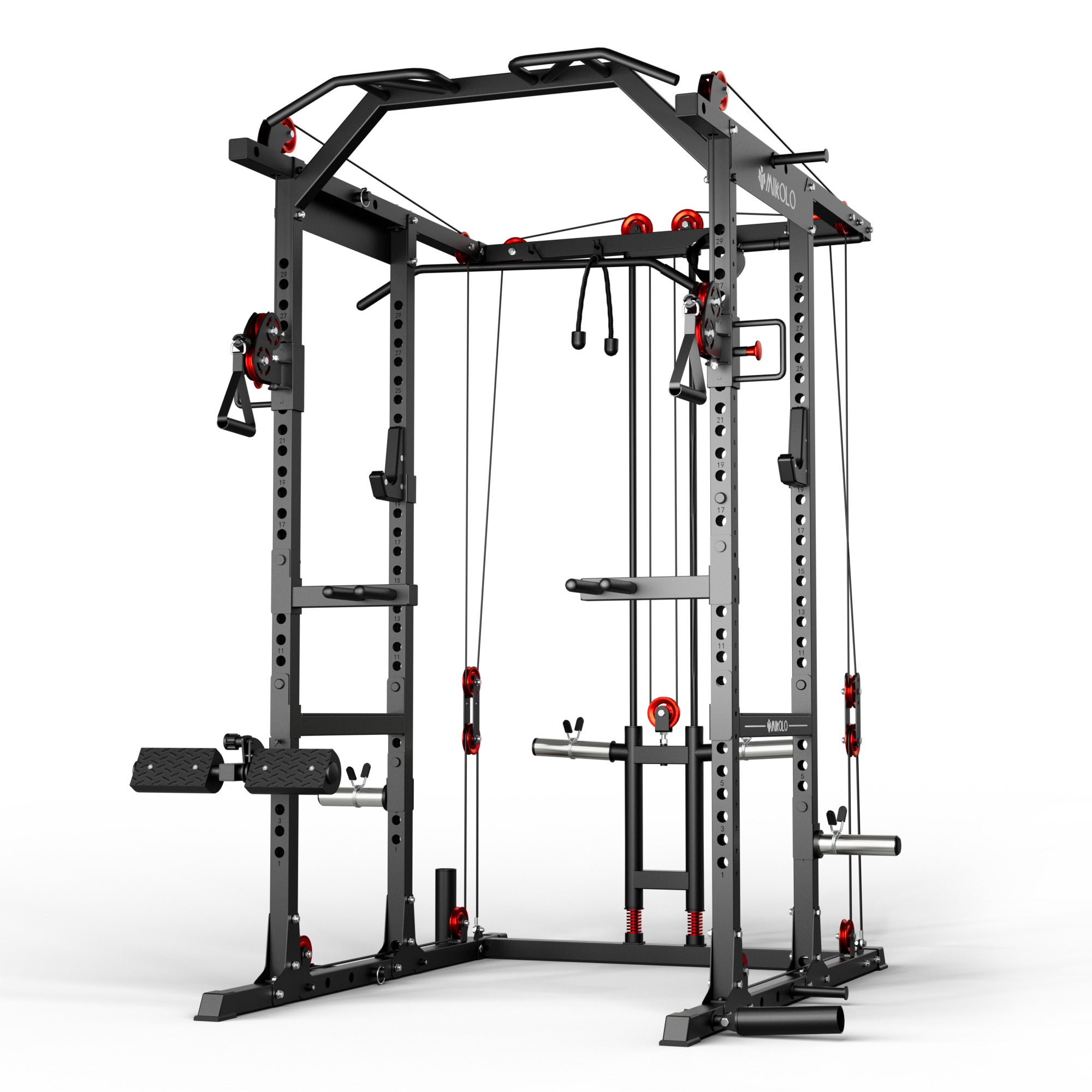
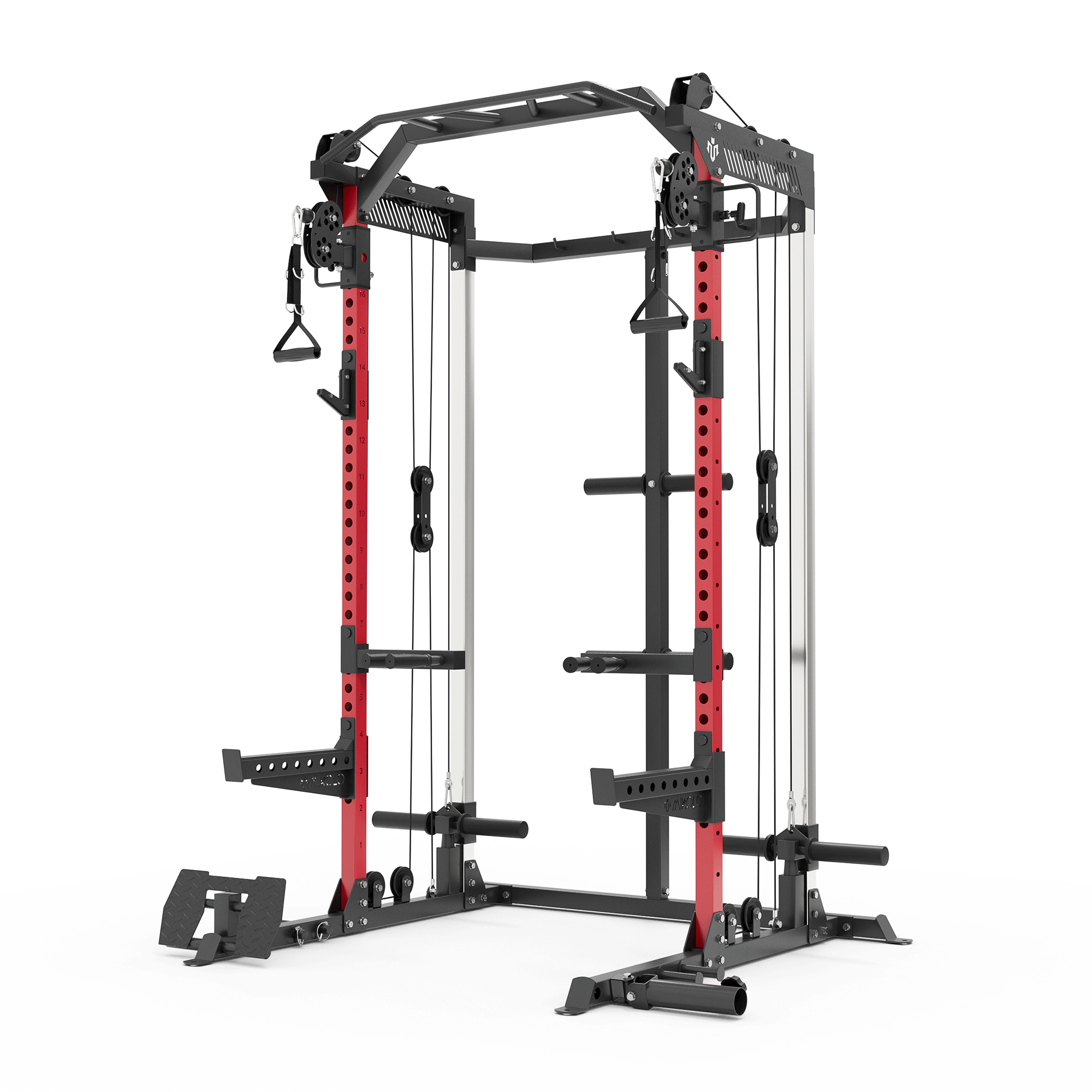
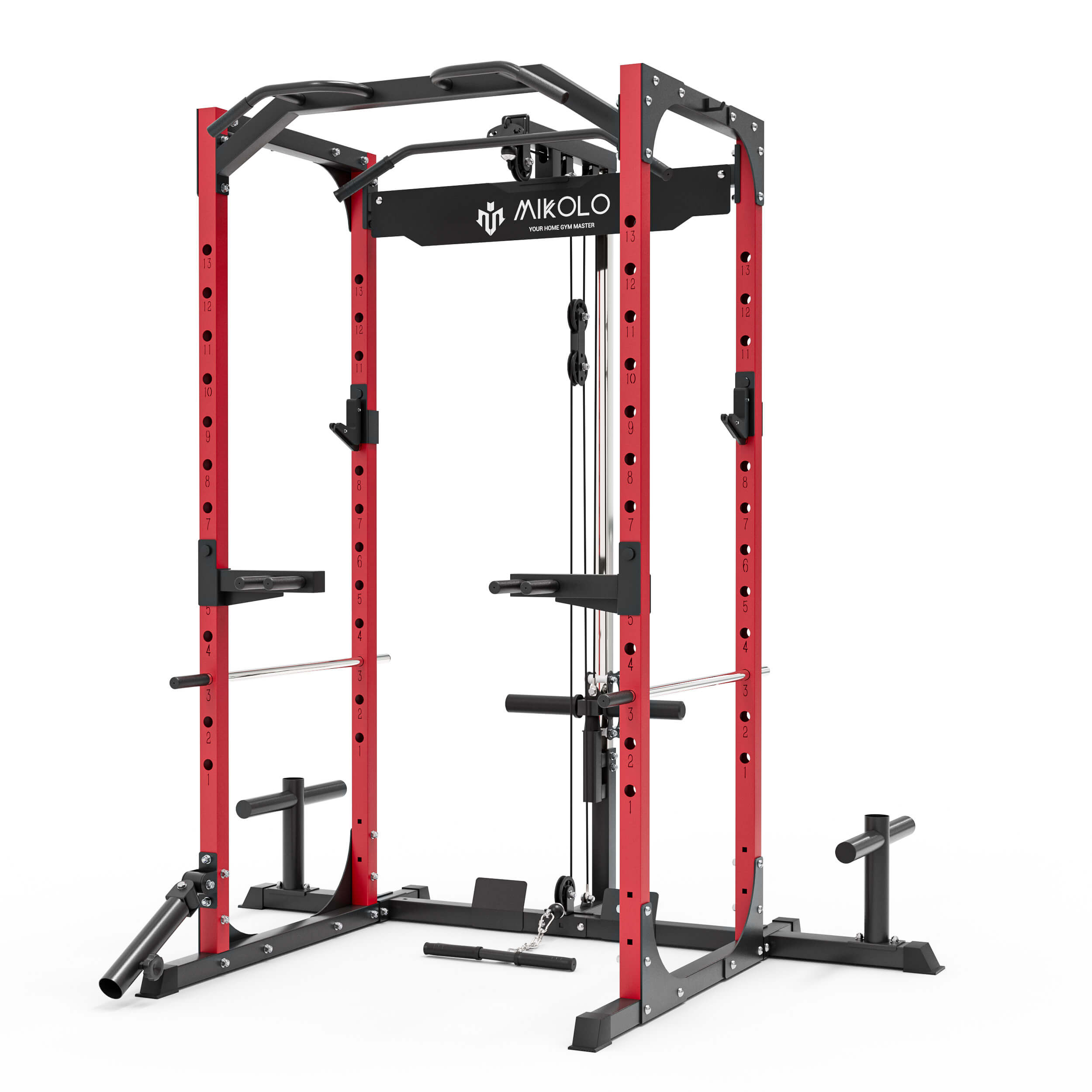
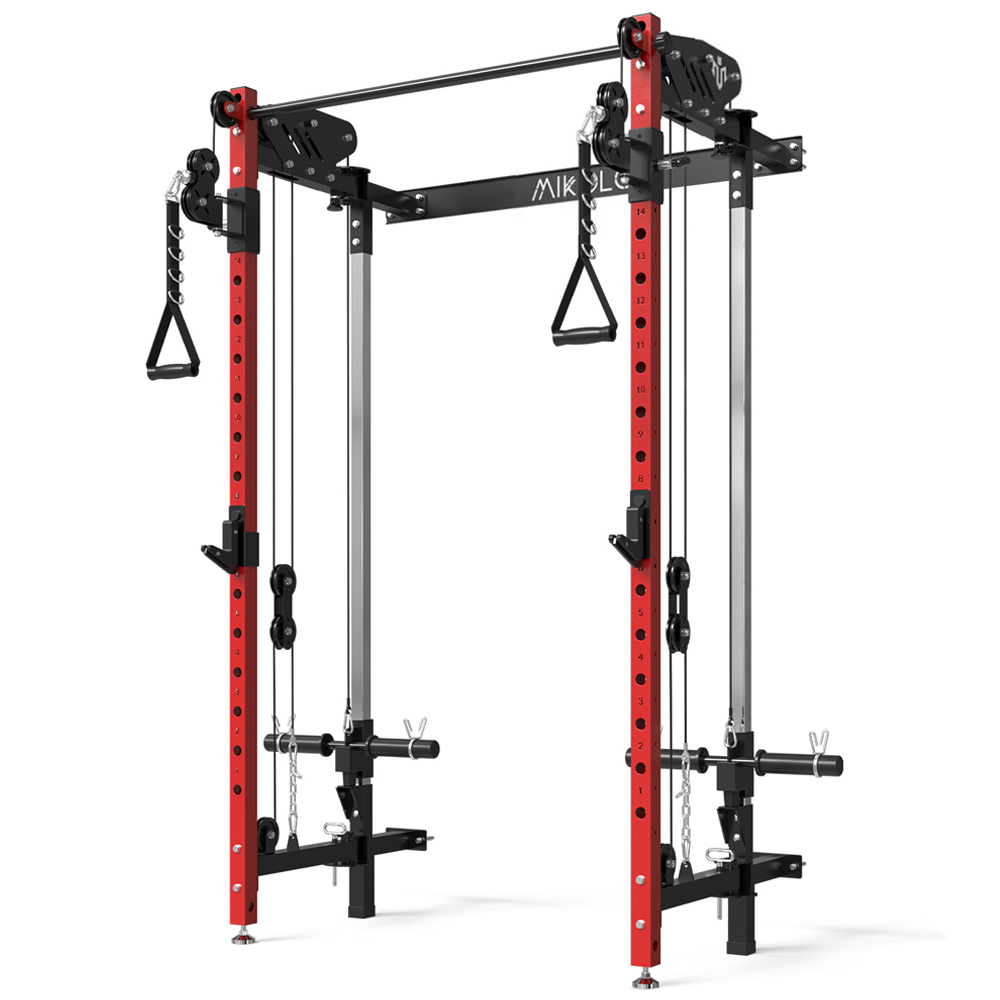
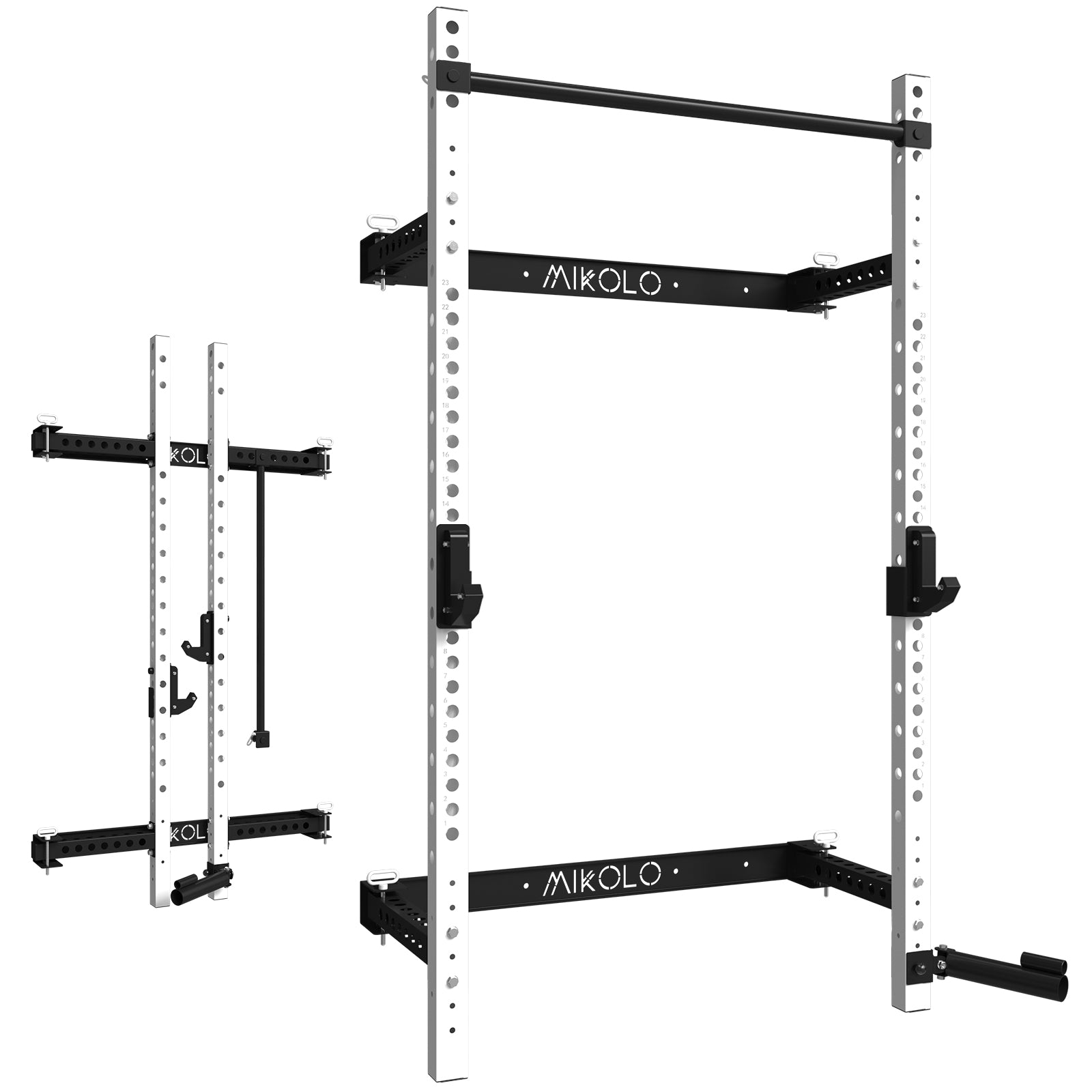
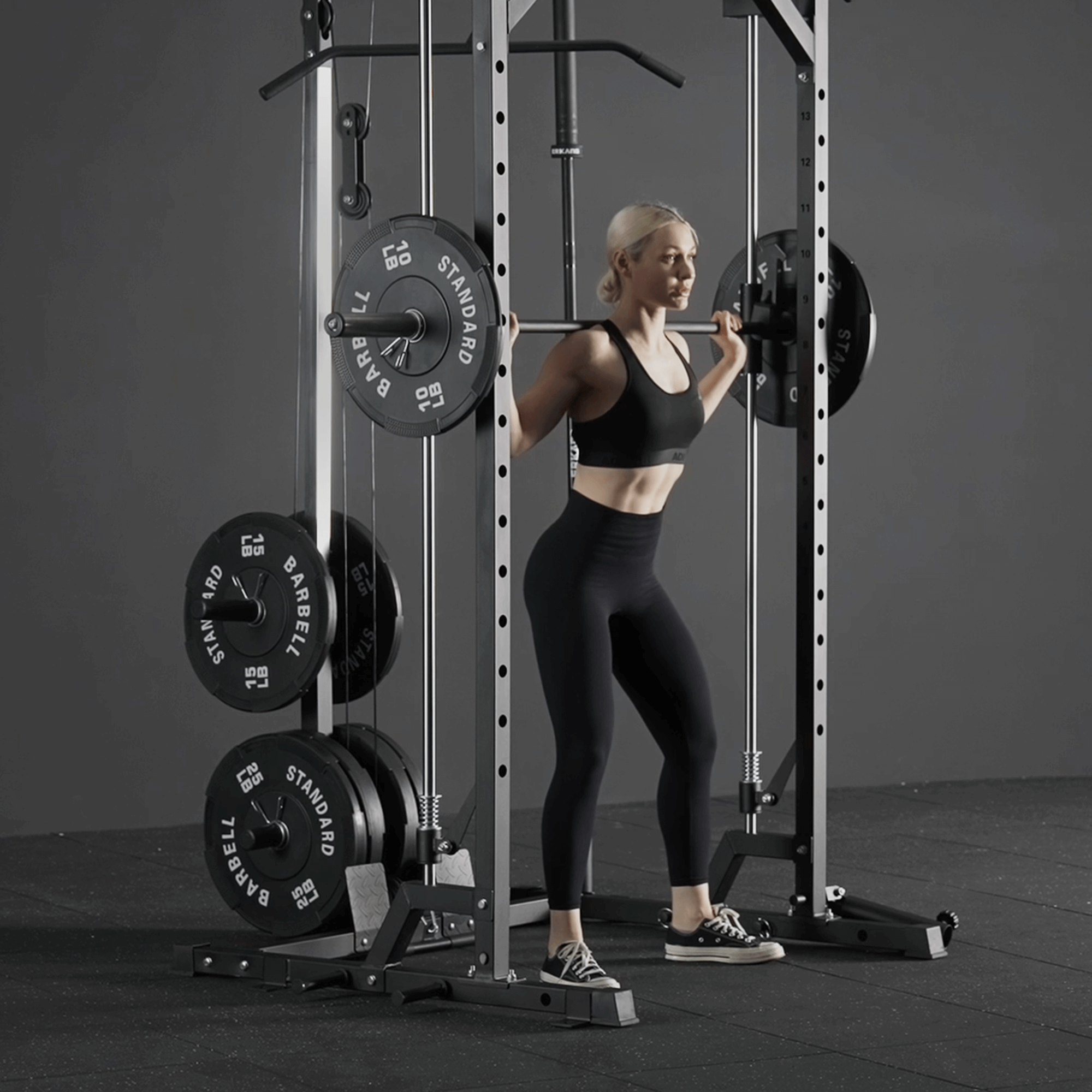
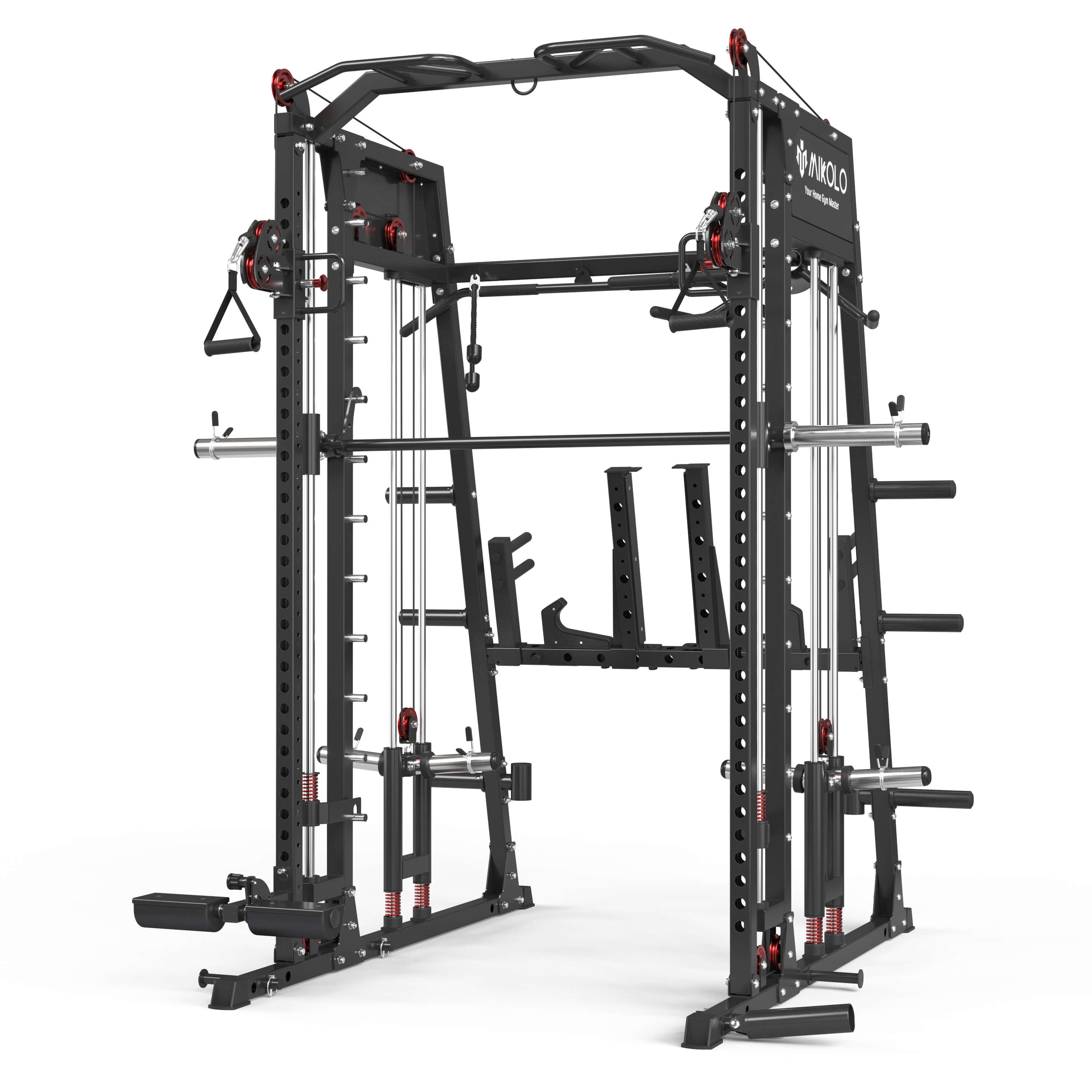

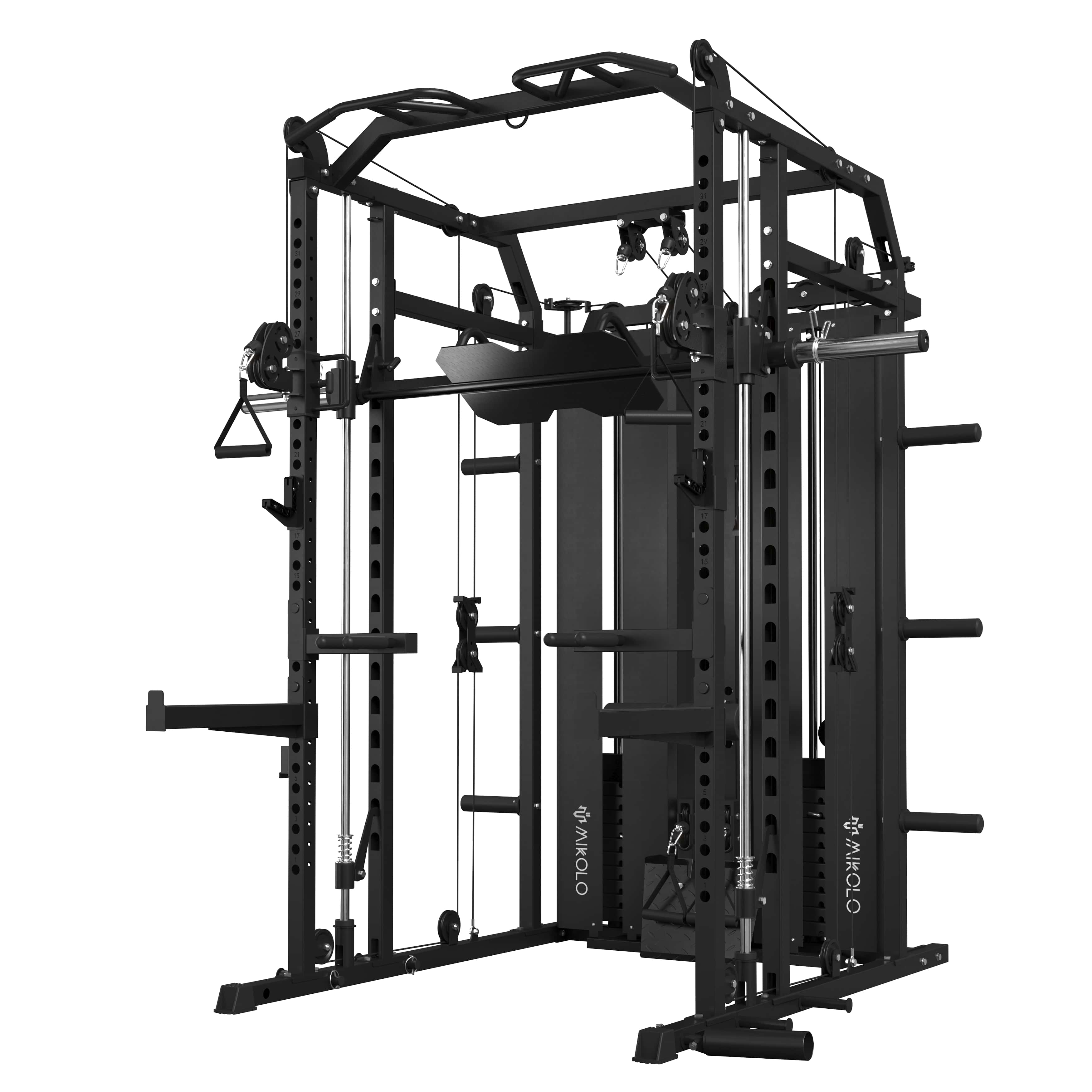
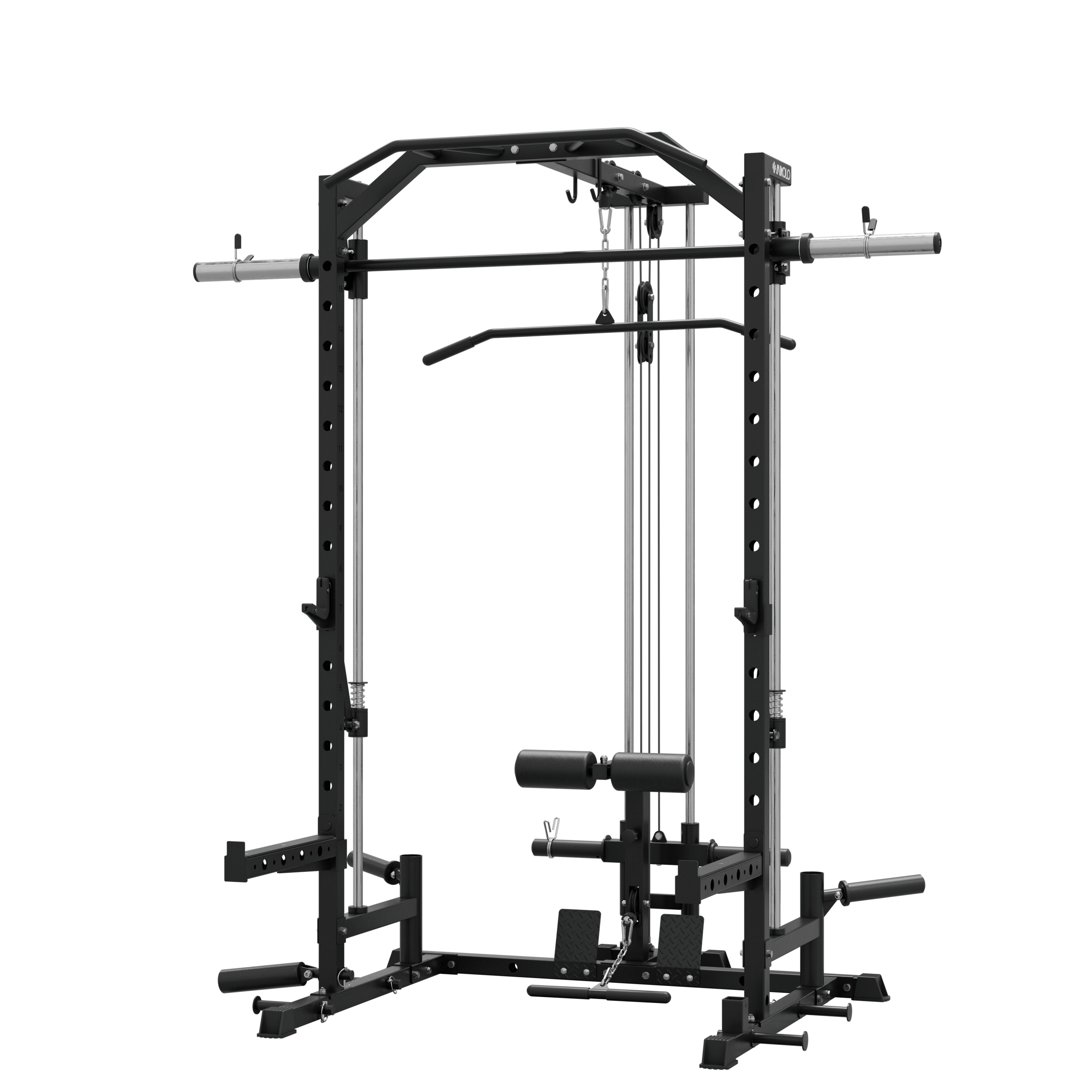
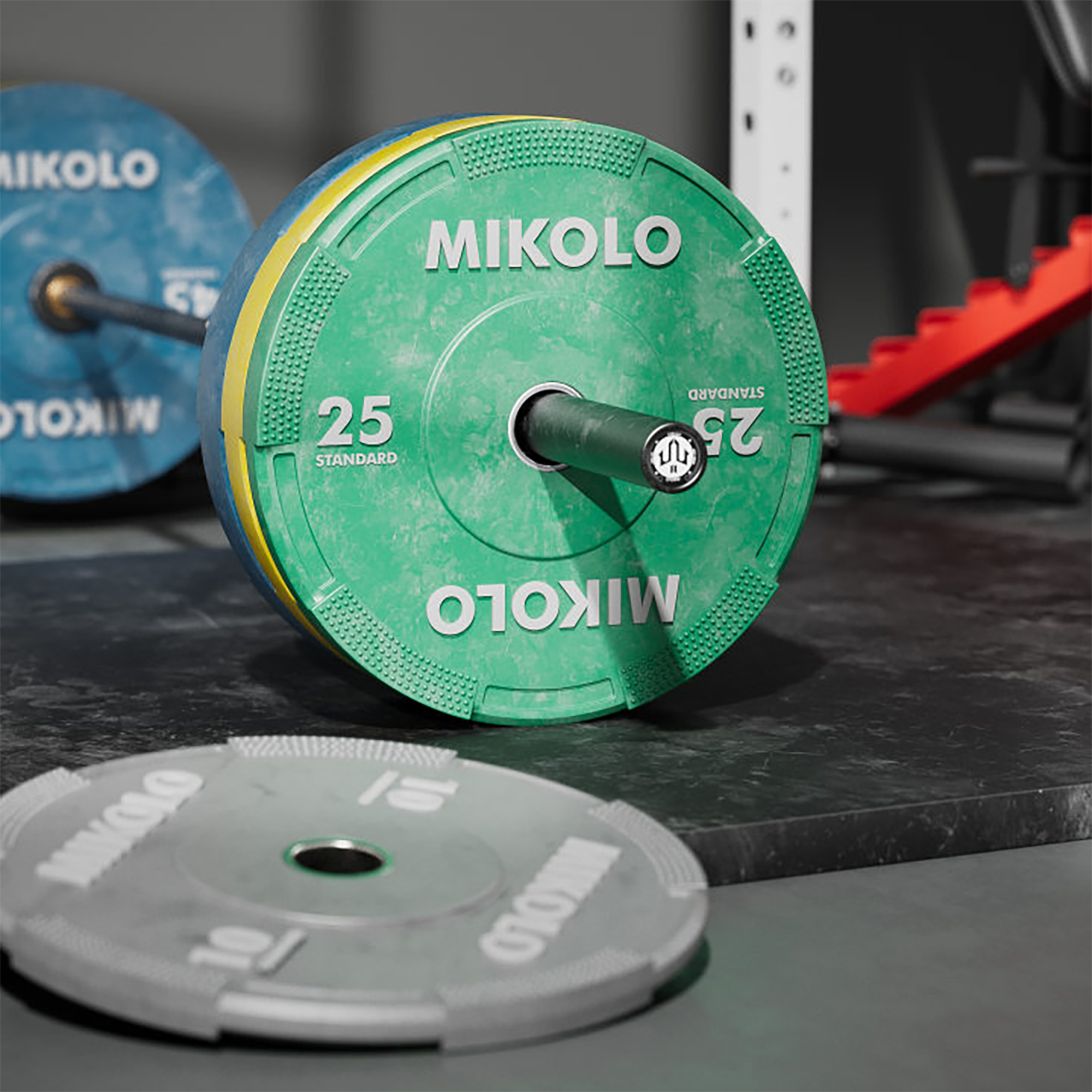
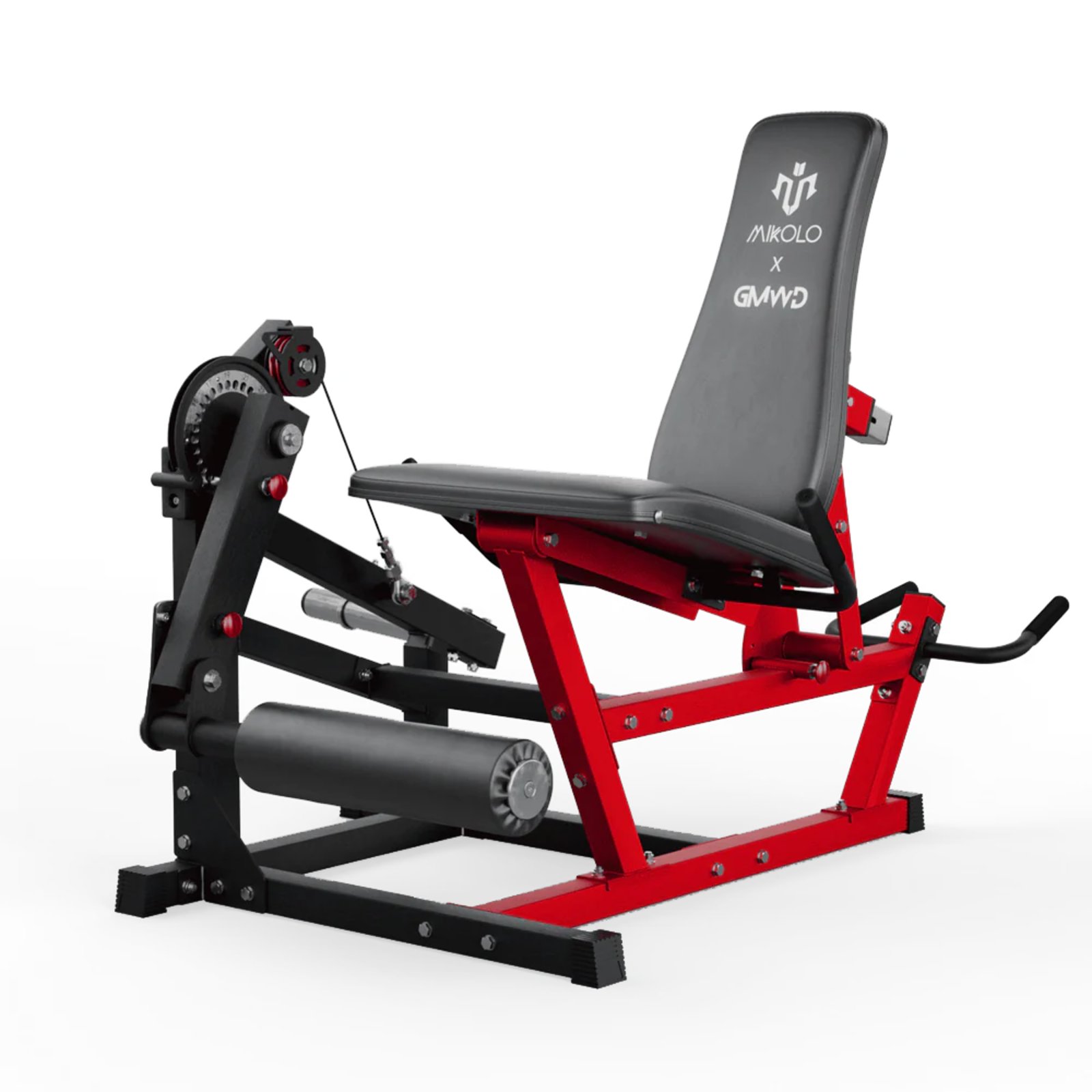
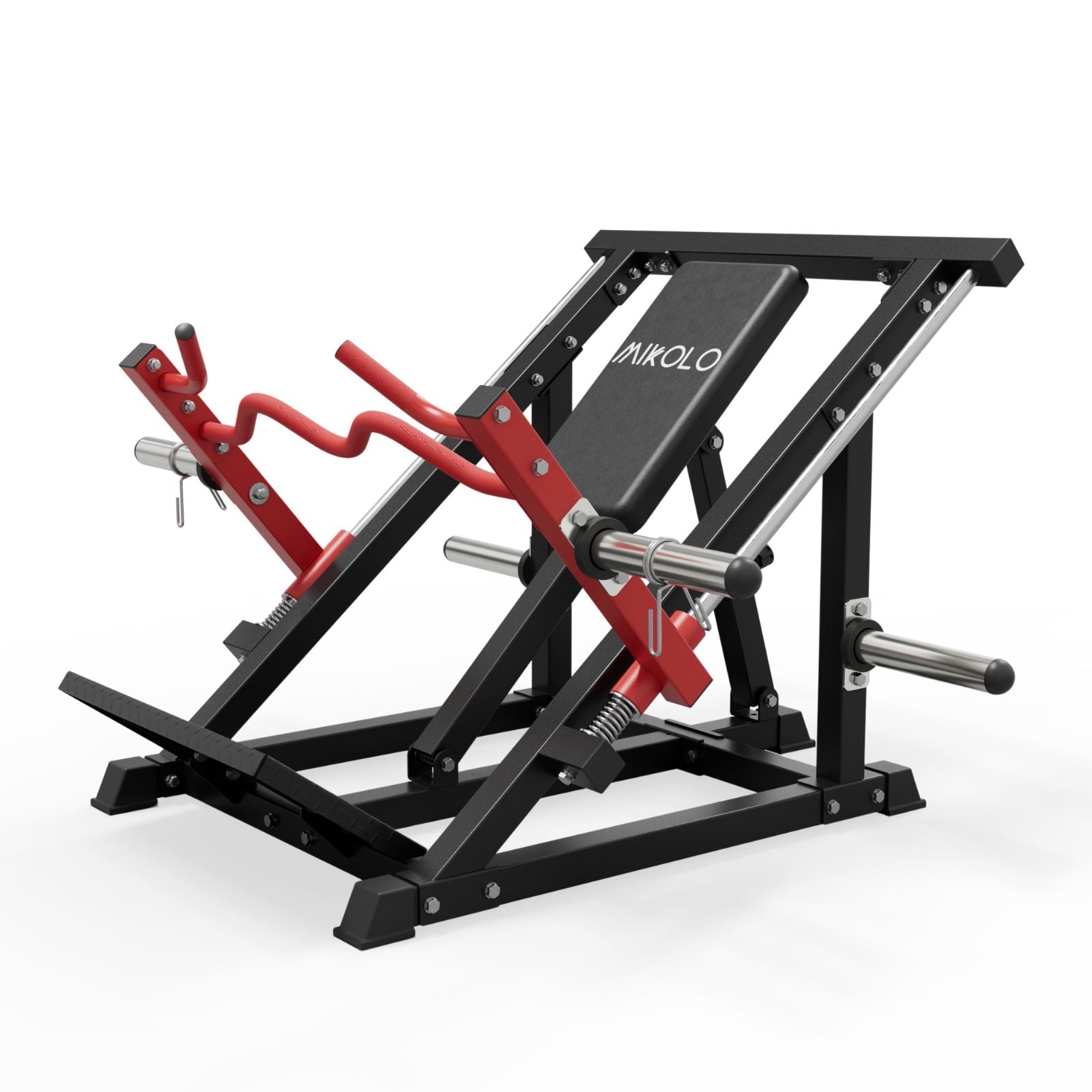
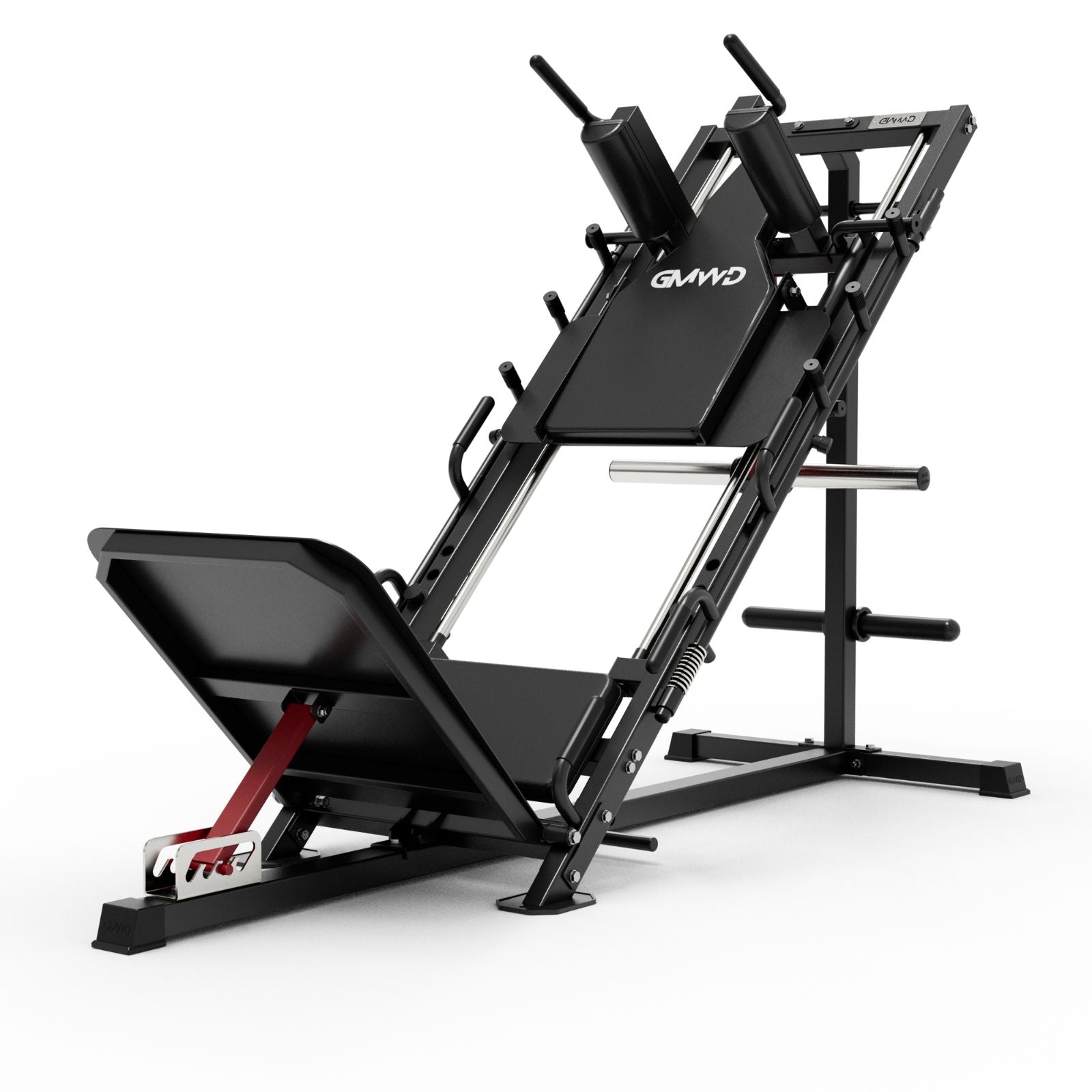
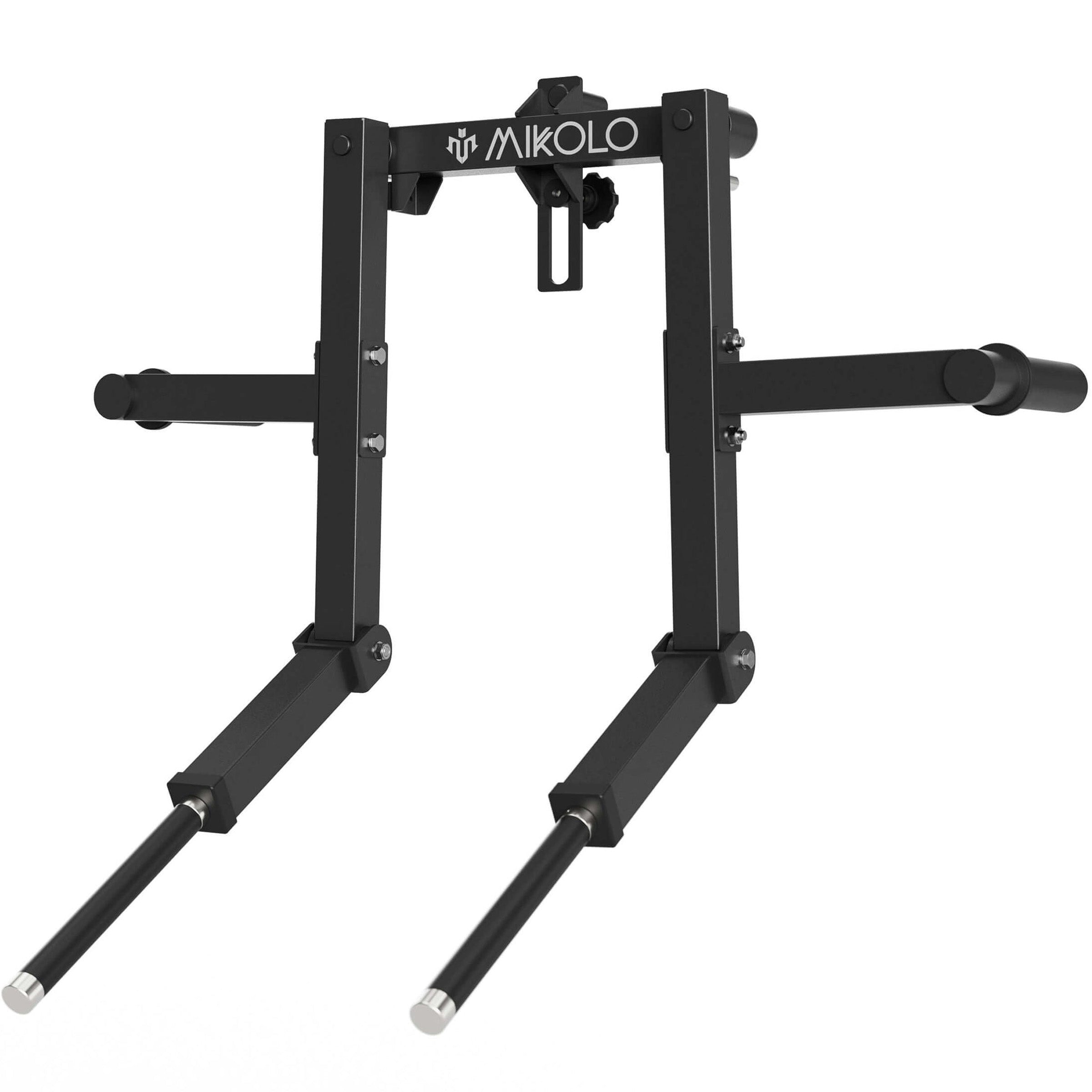
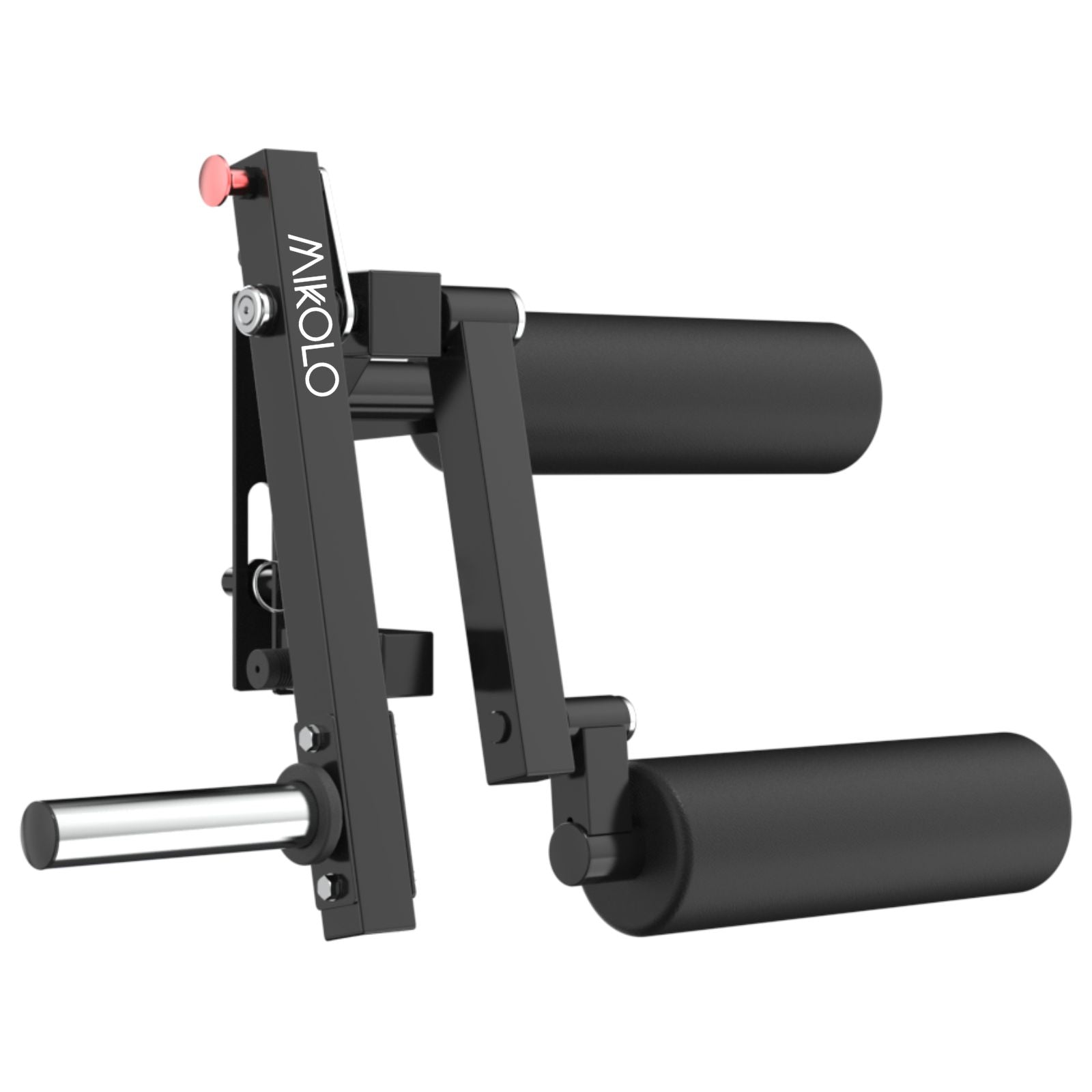
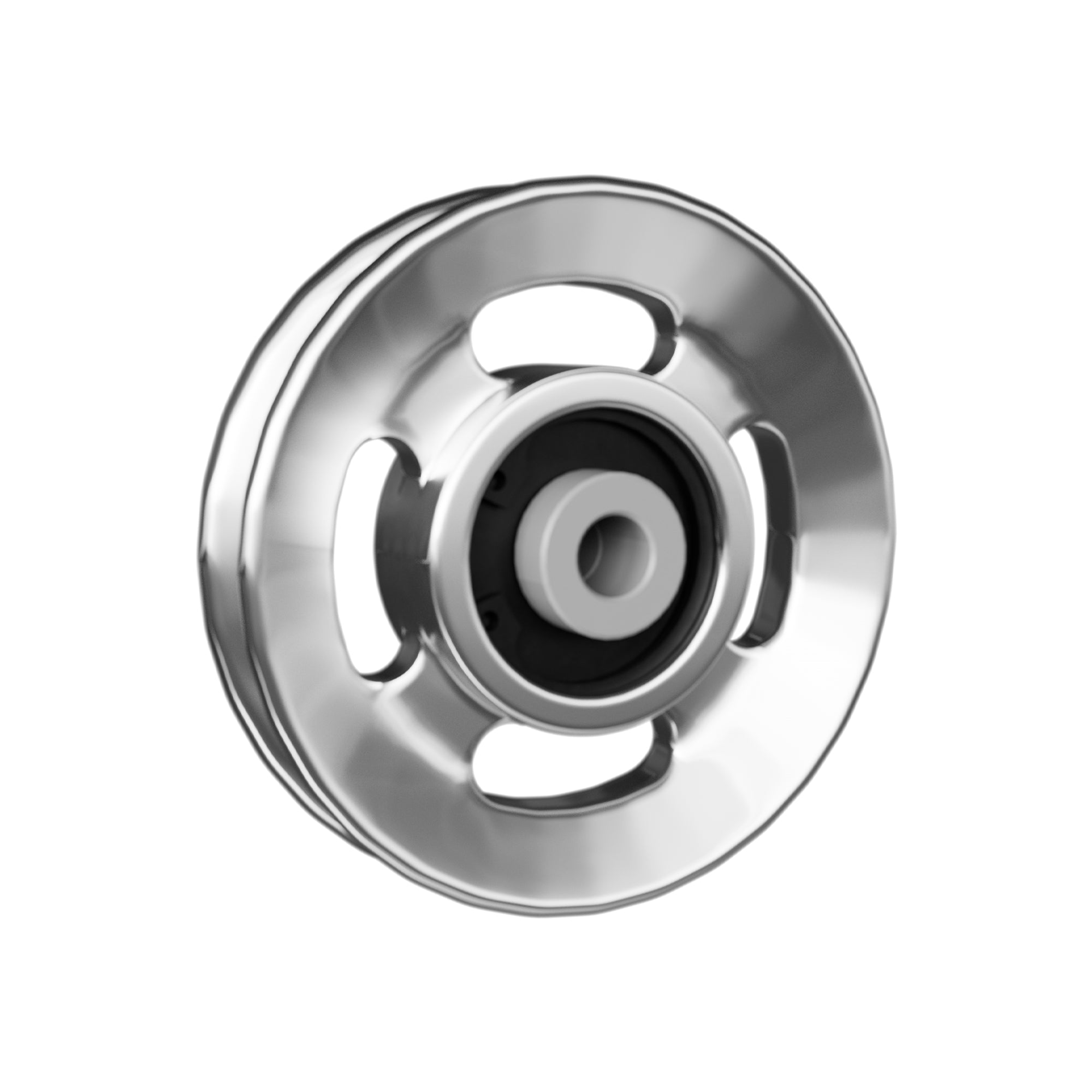
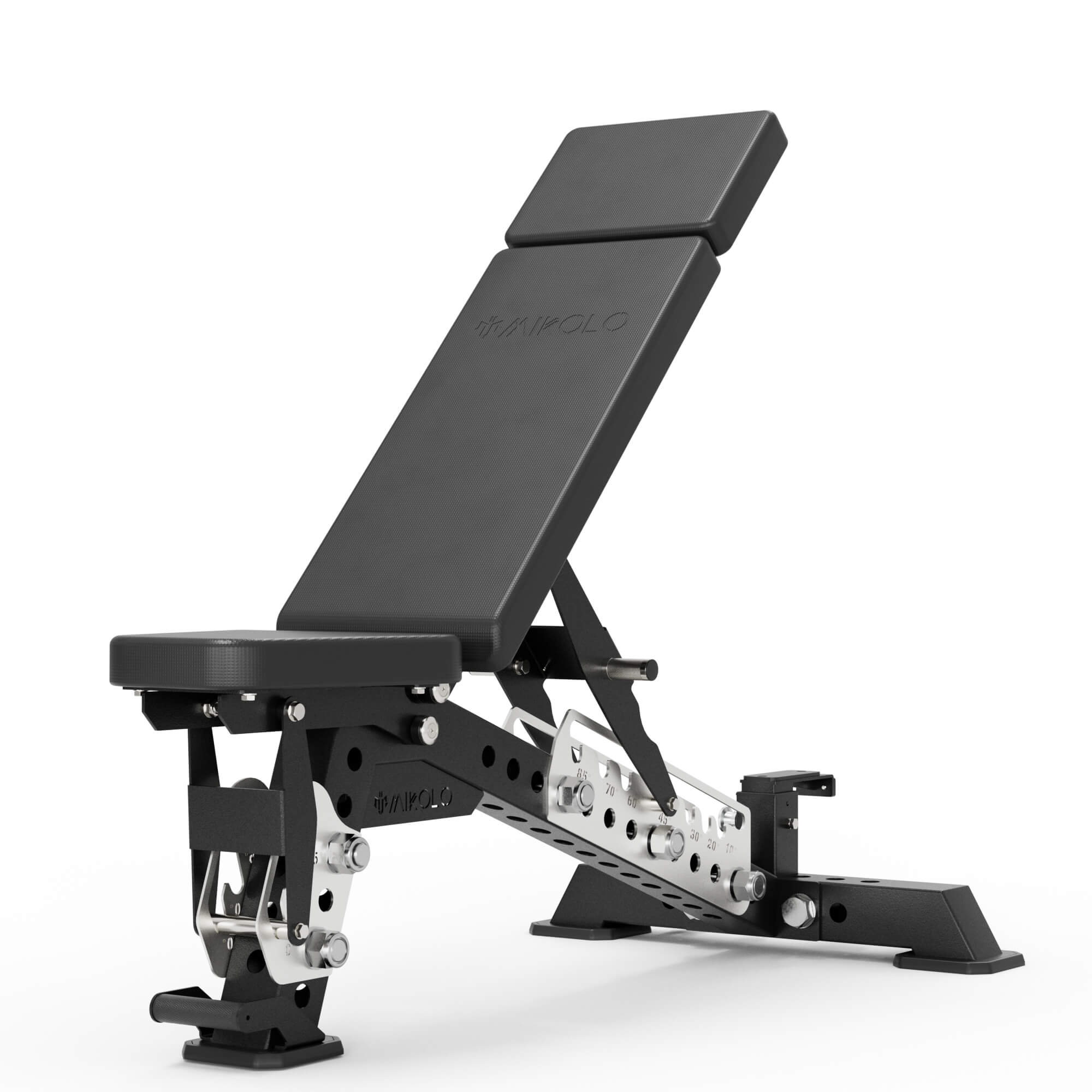
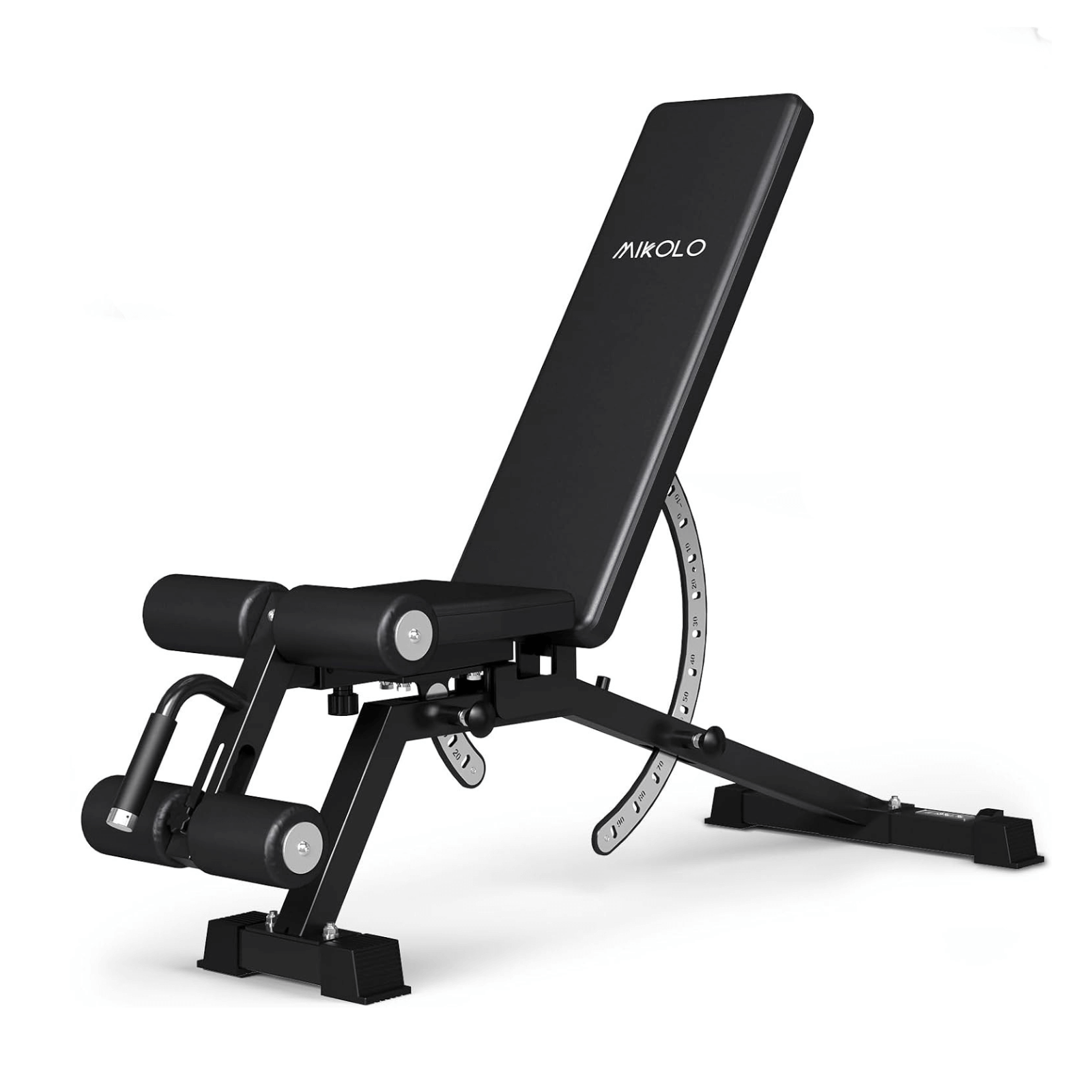
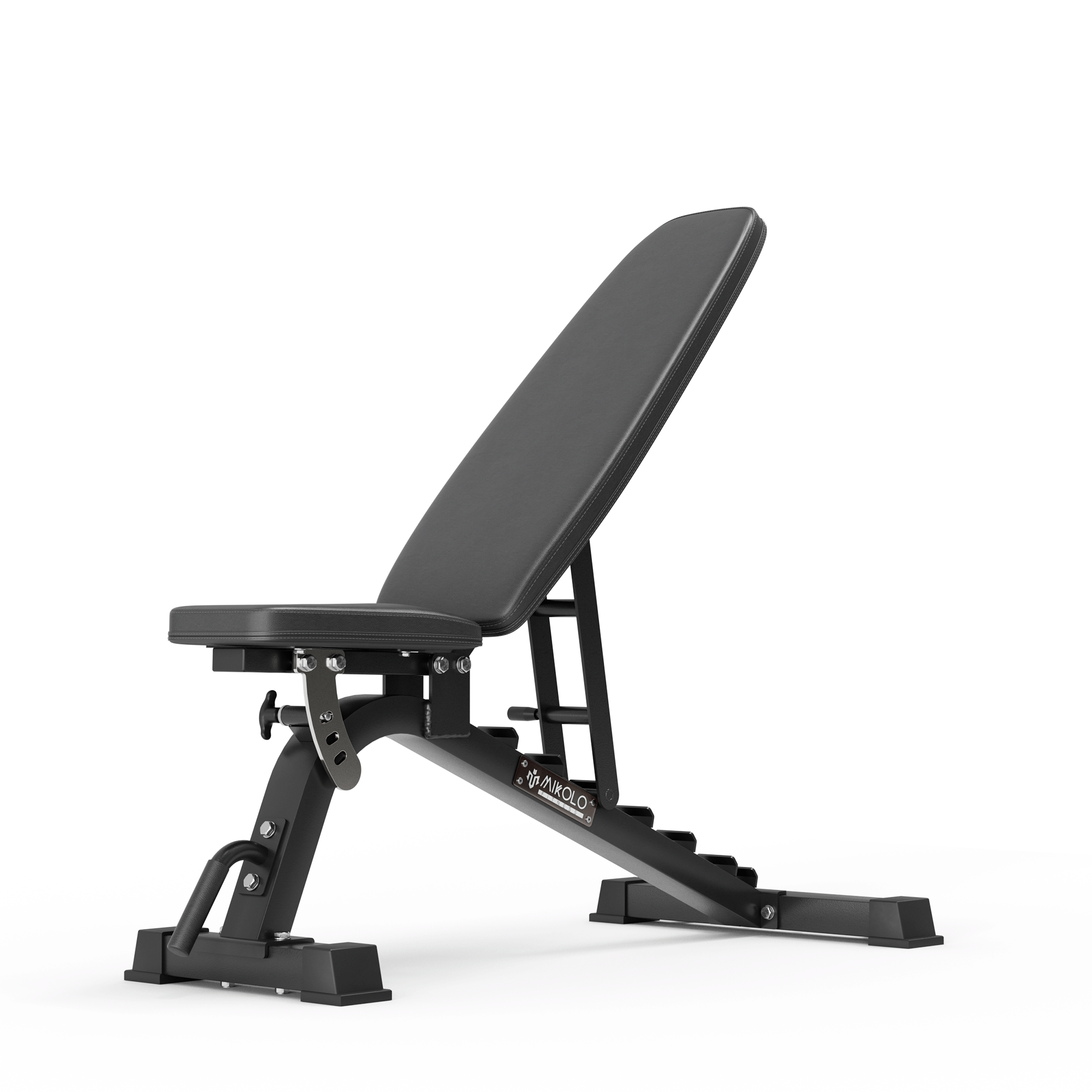
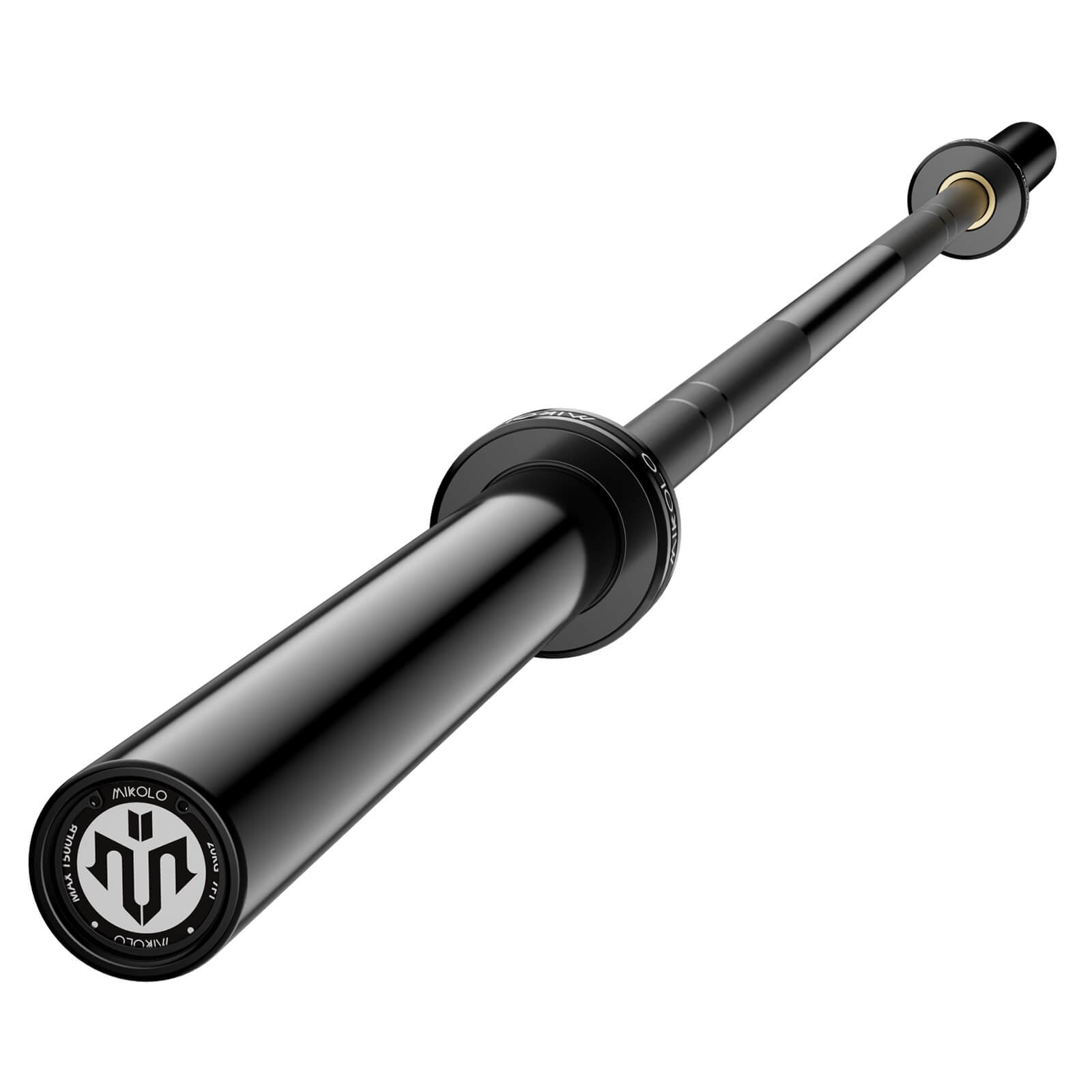
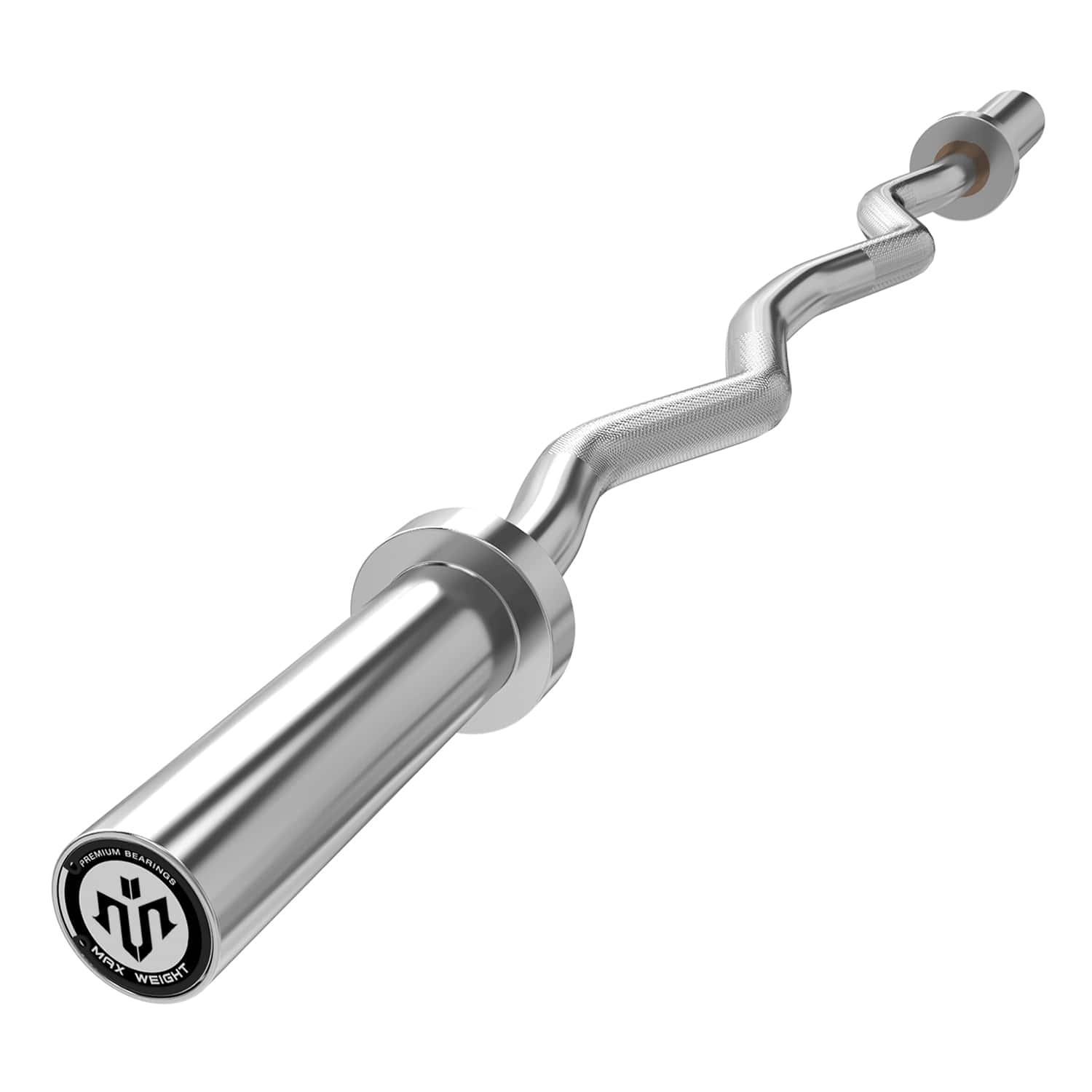
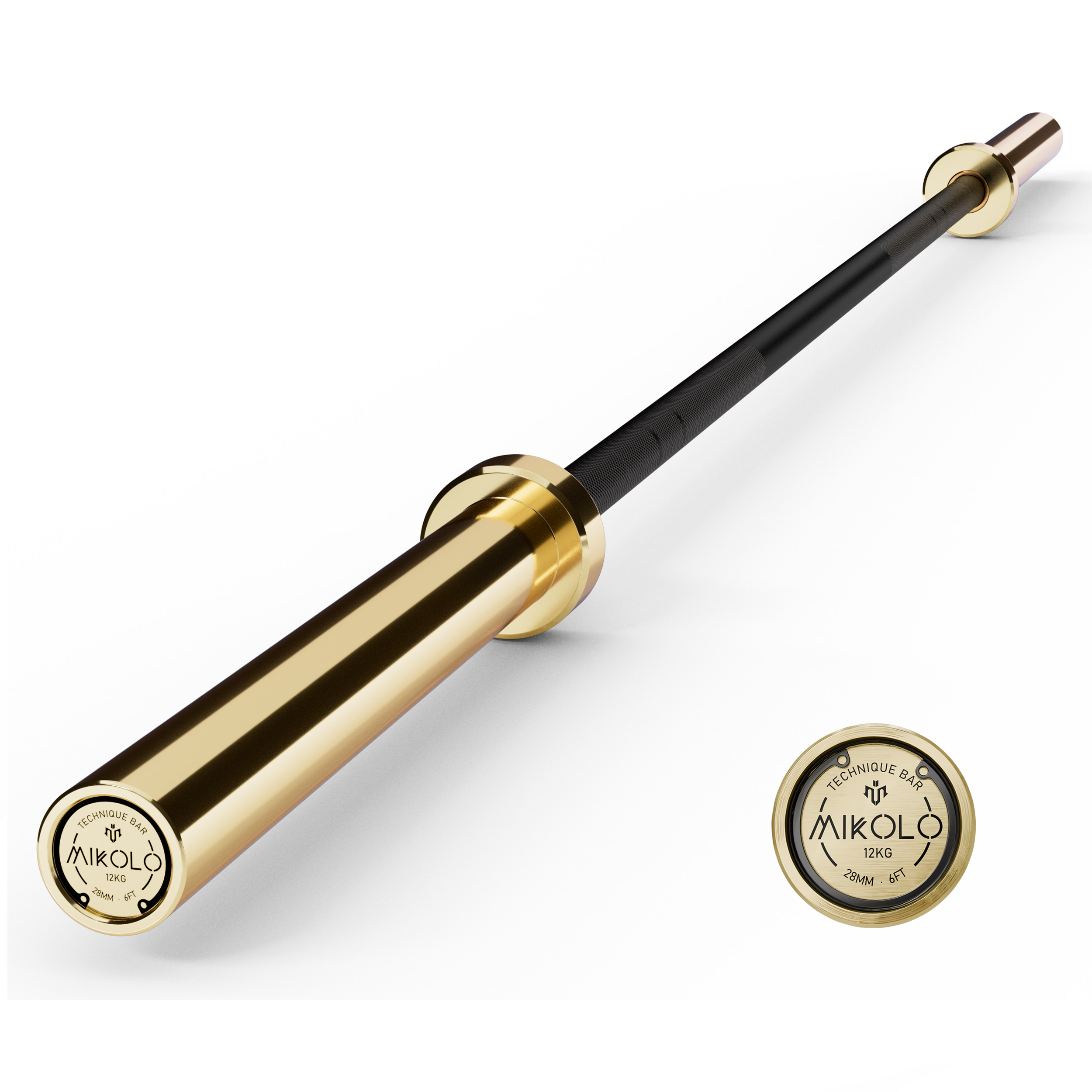
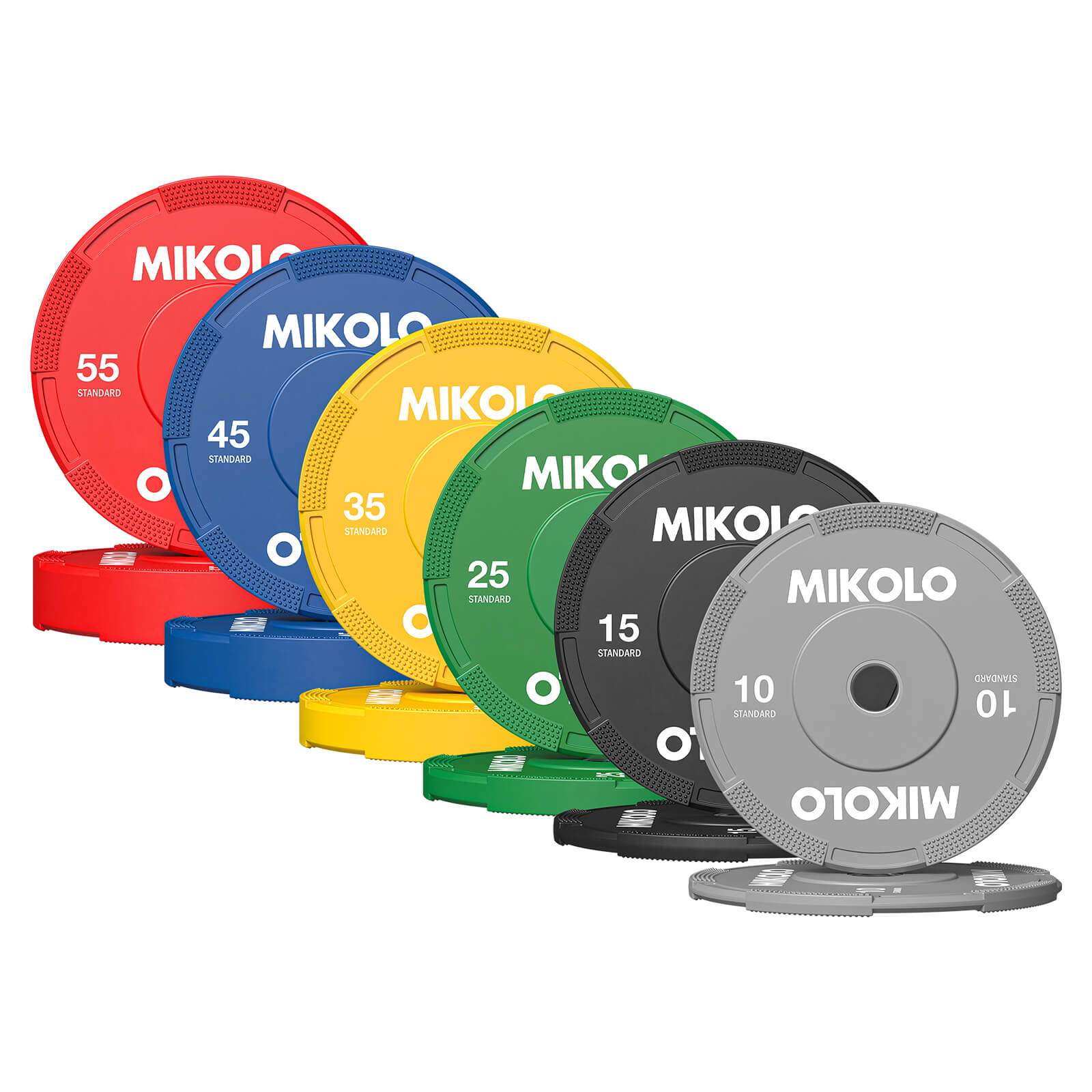
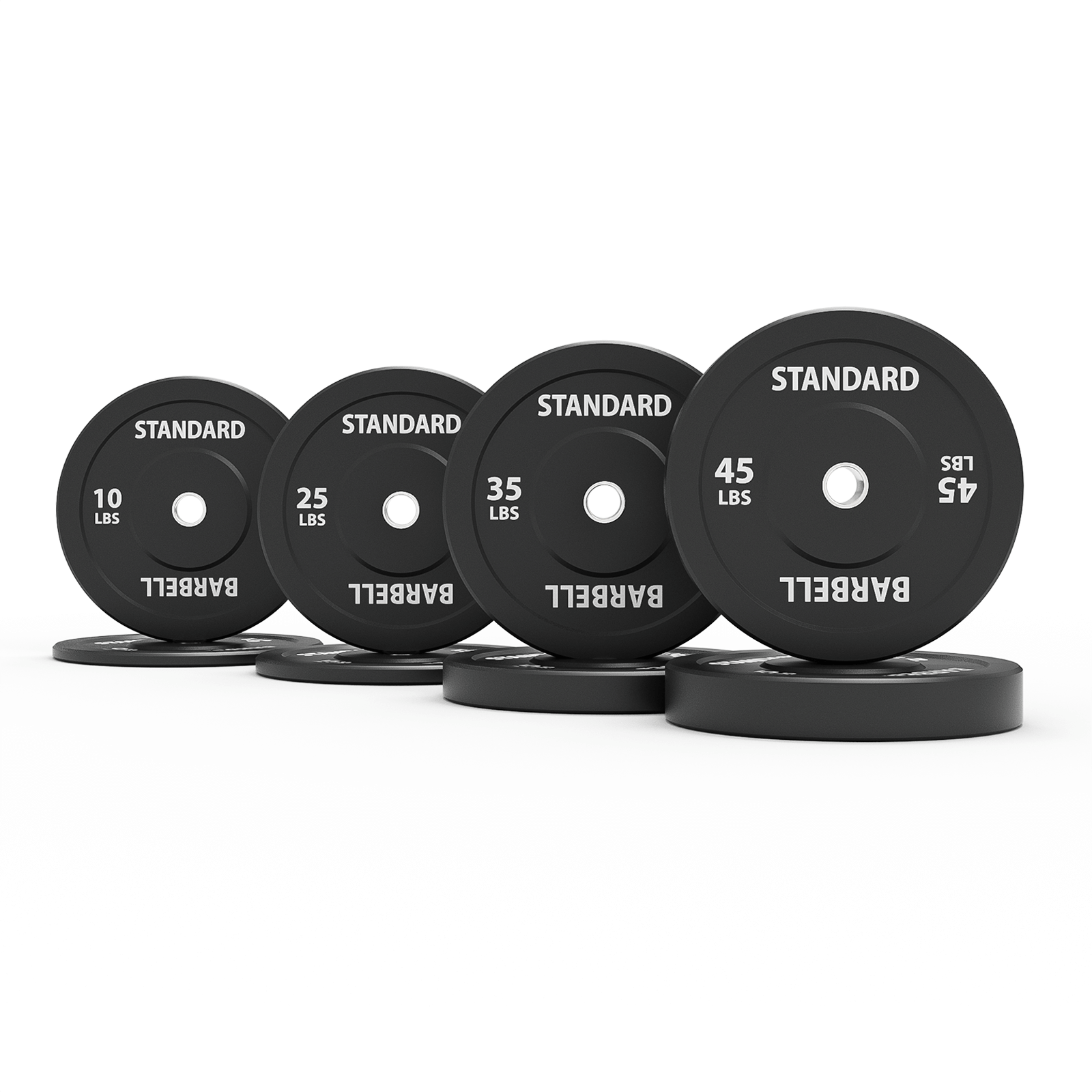
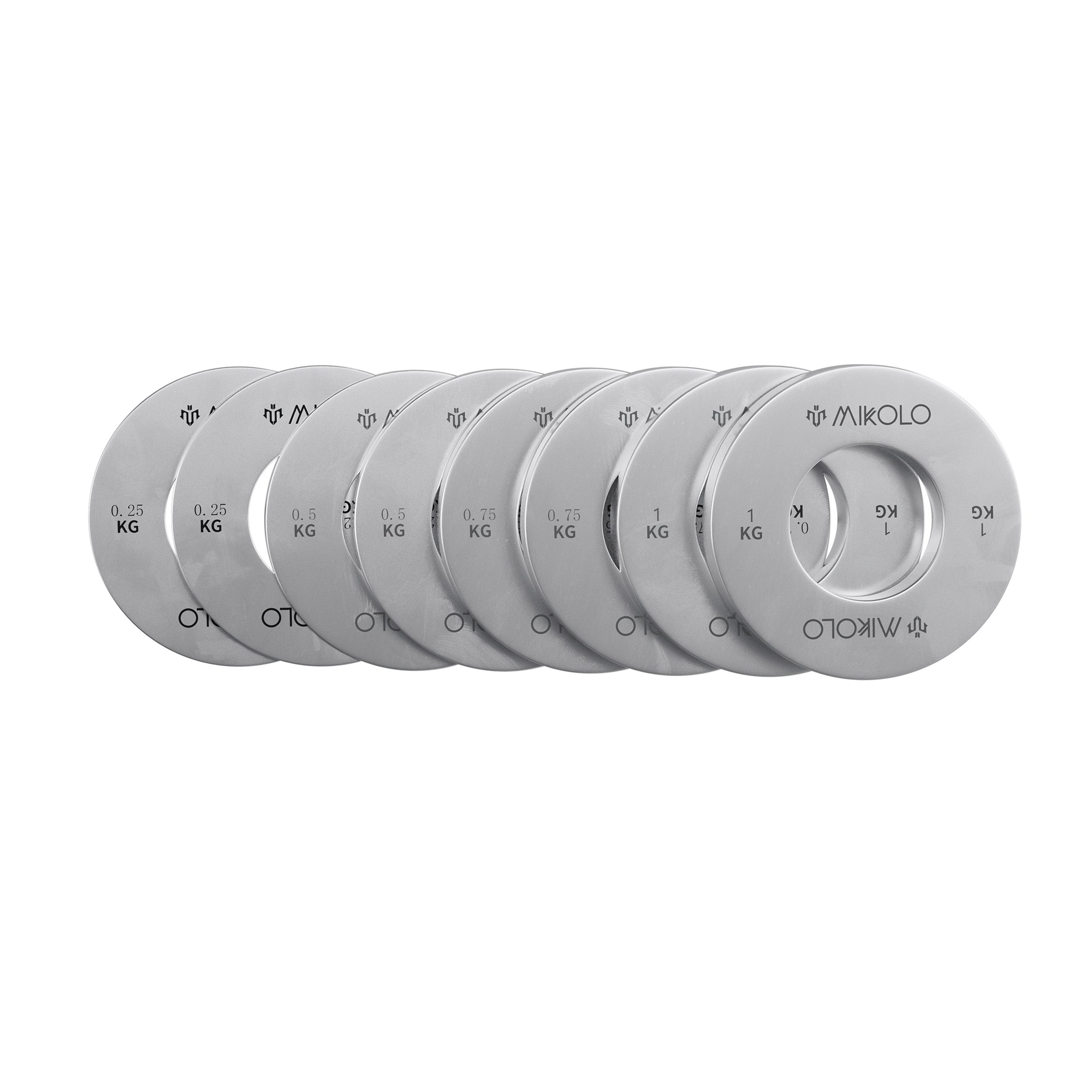


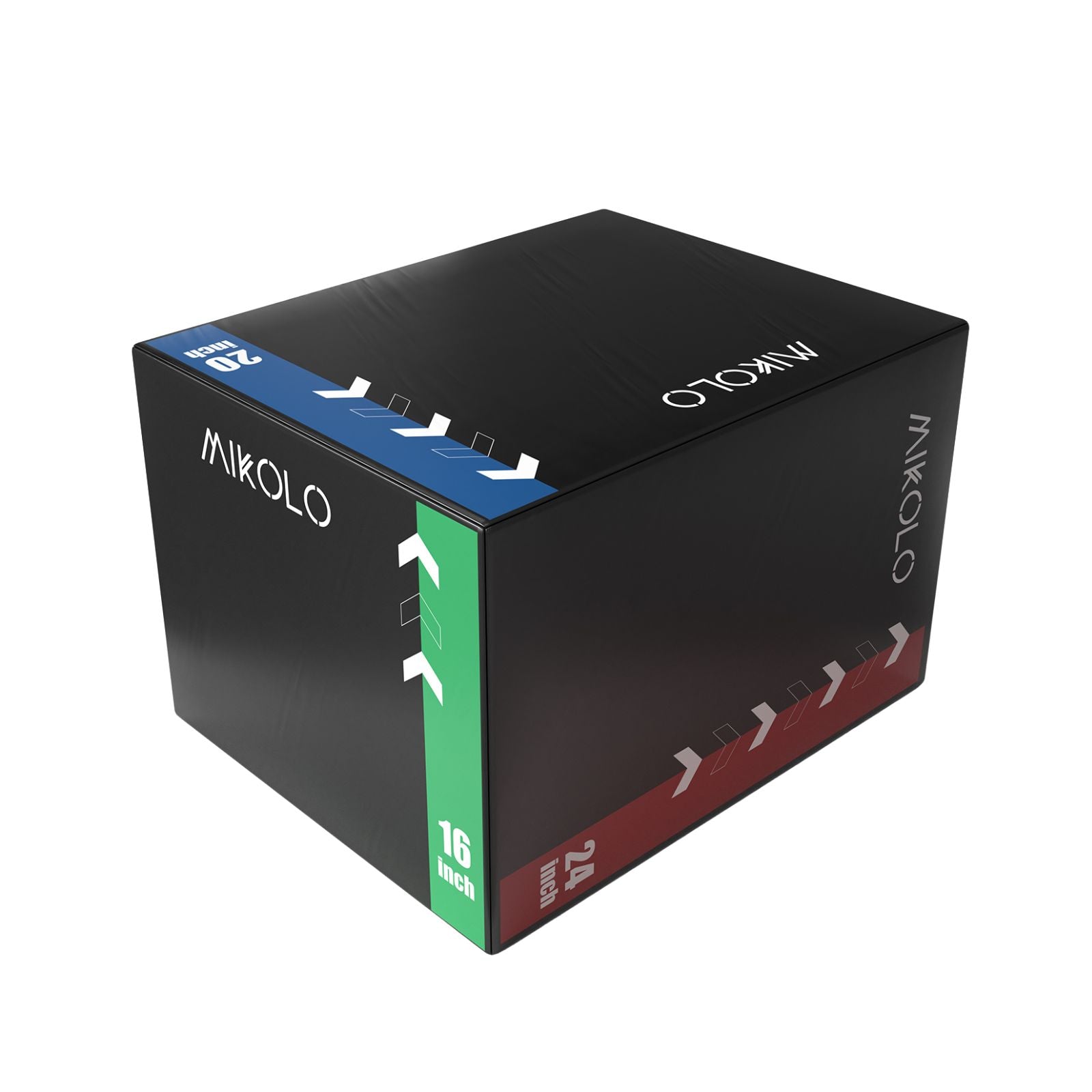
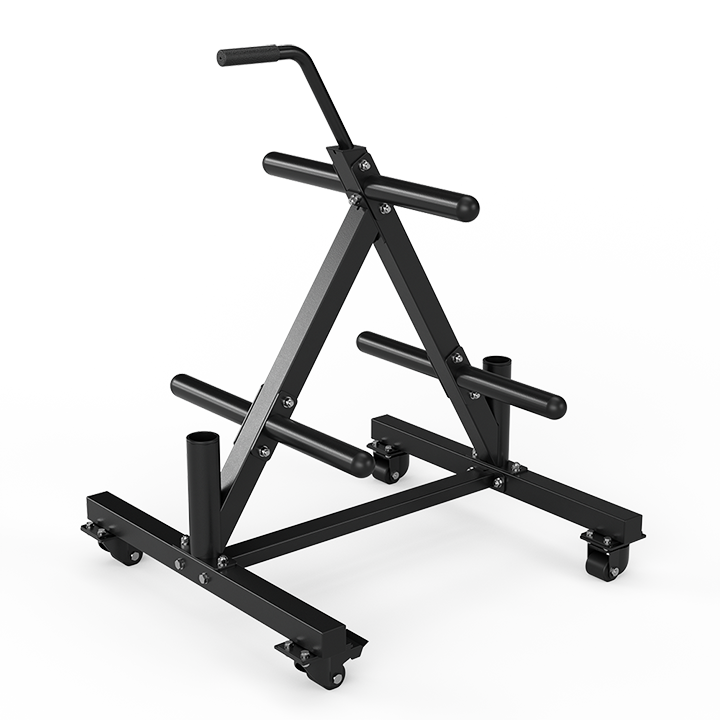
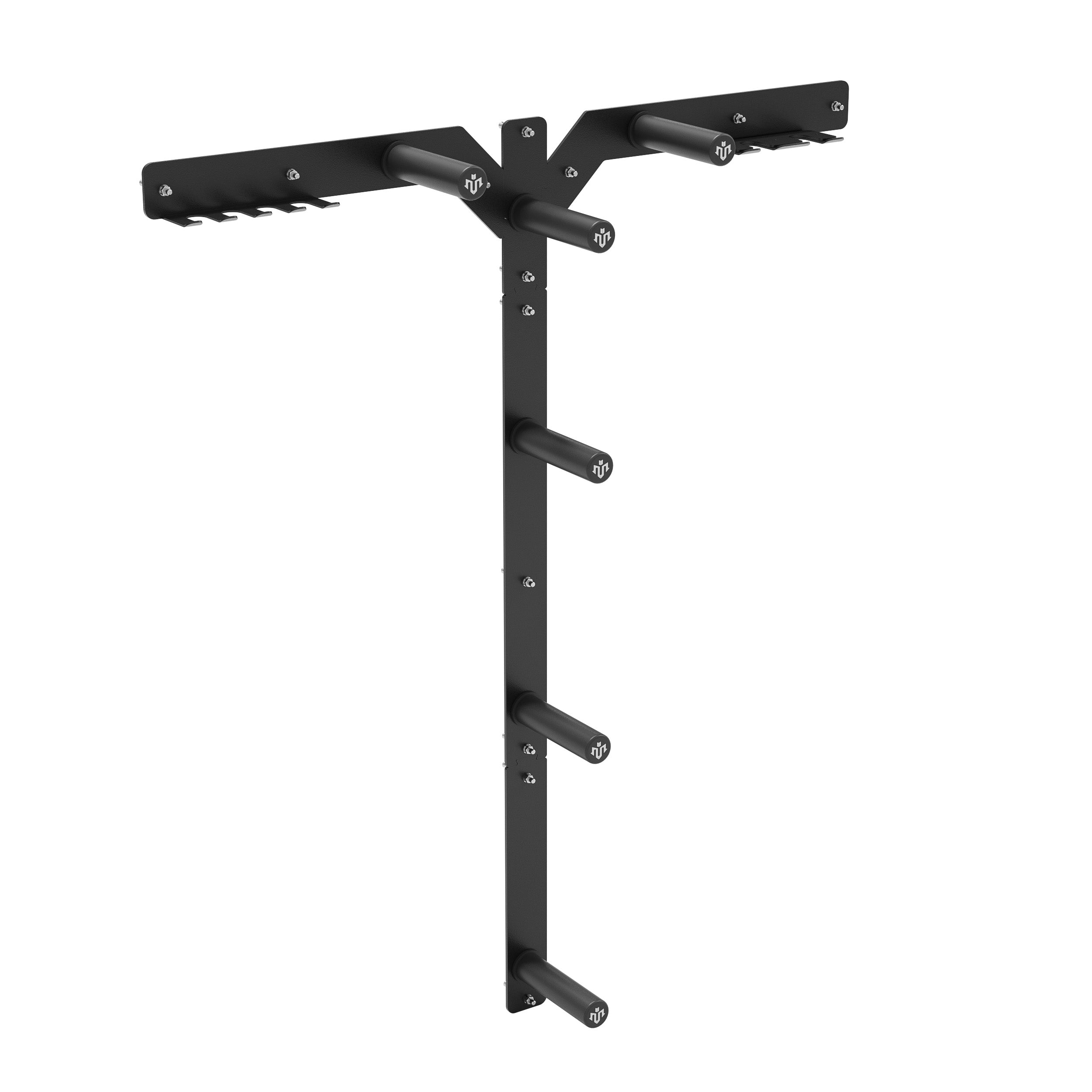
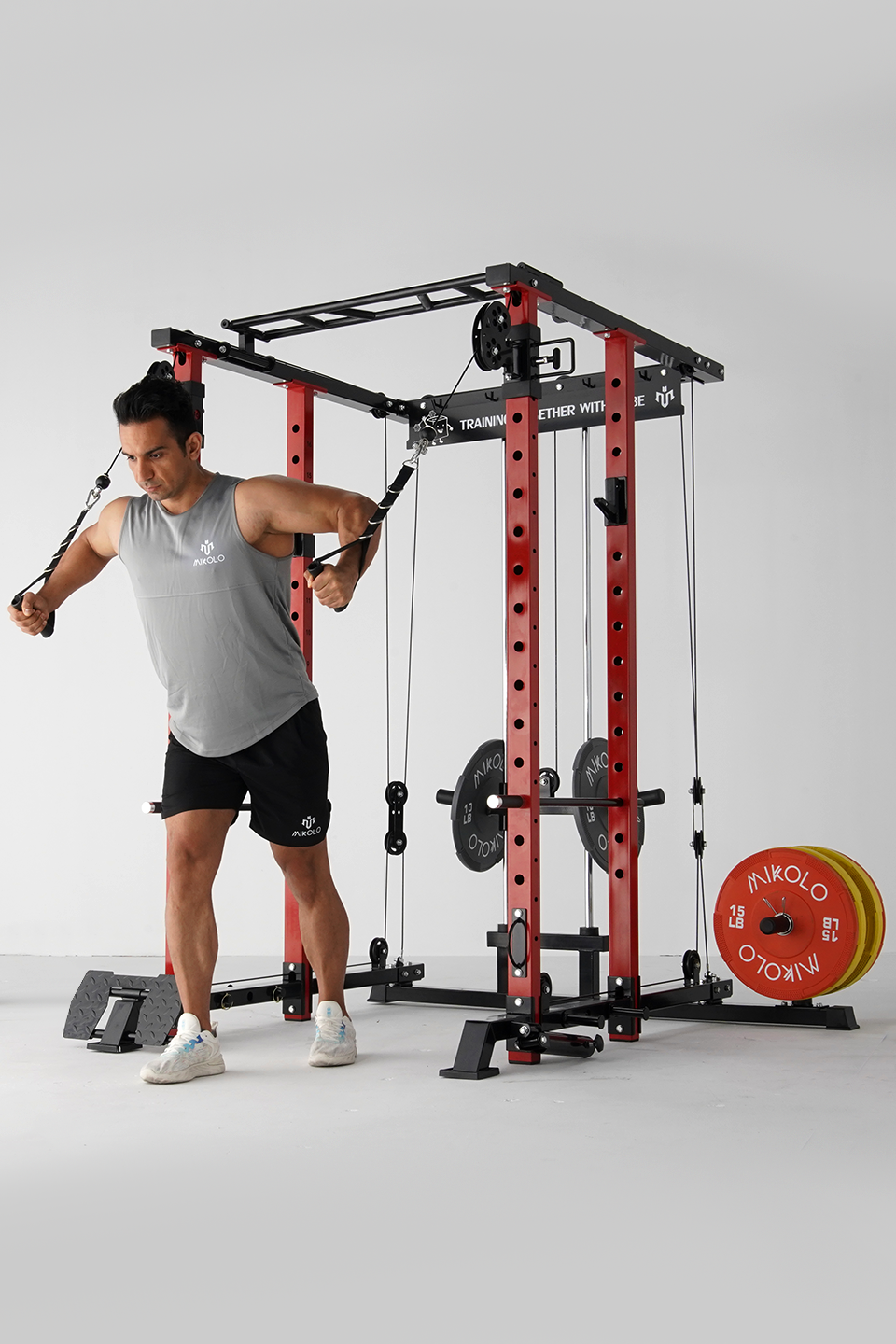



Leave a comment
This site is protected by hCaptcha and the hCaptcha Privacy Policy and Terms of Service apply.